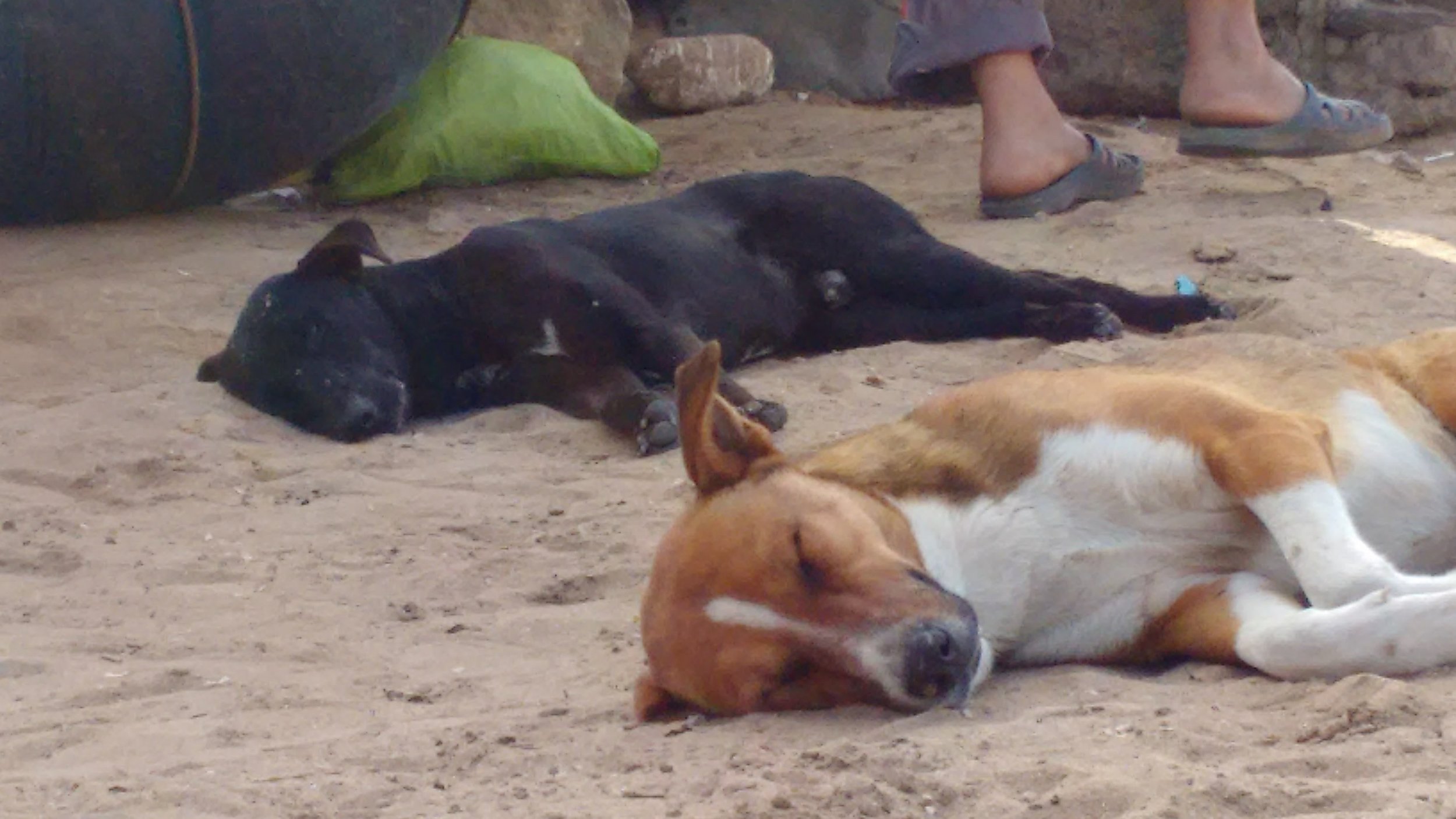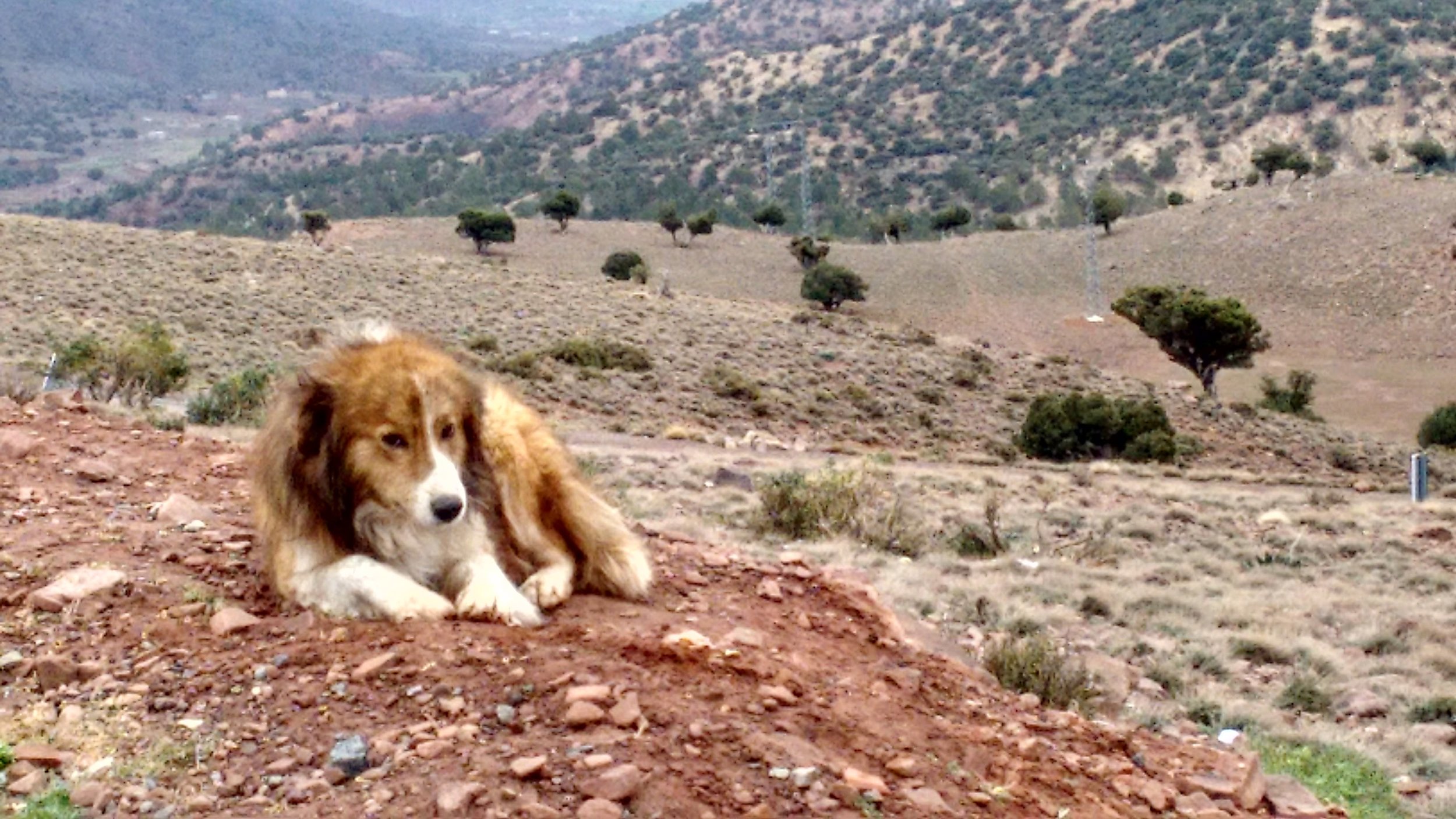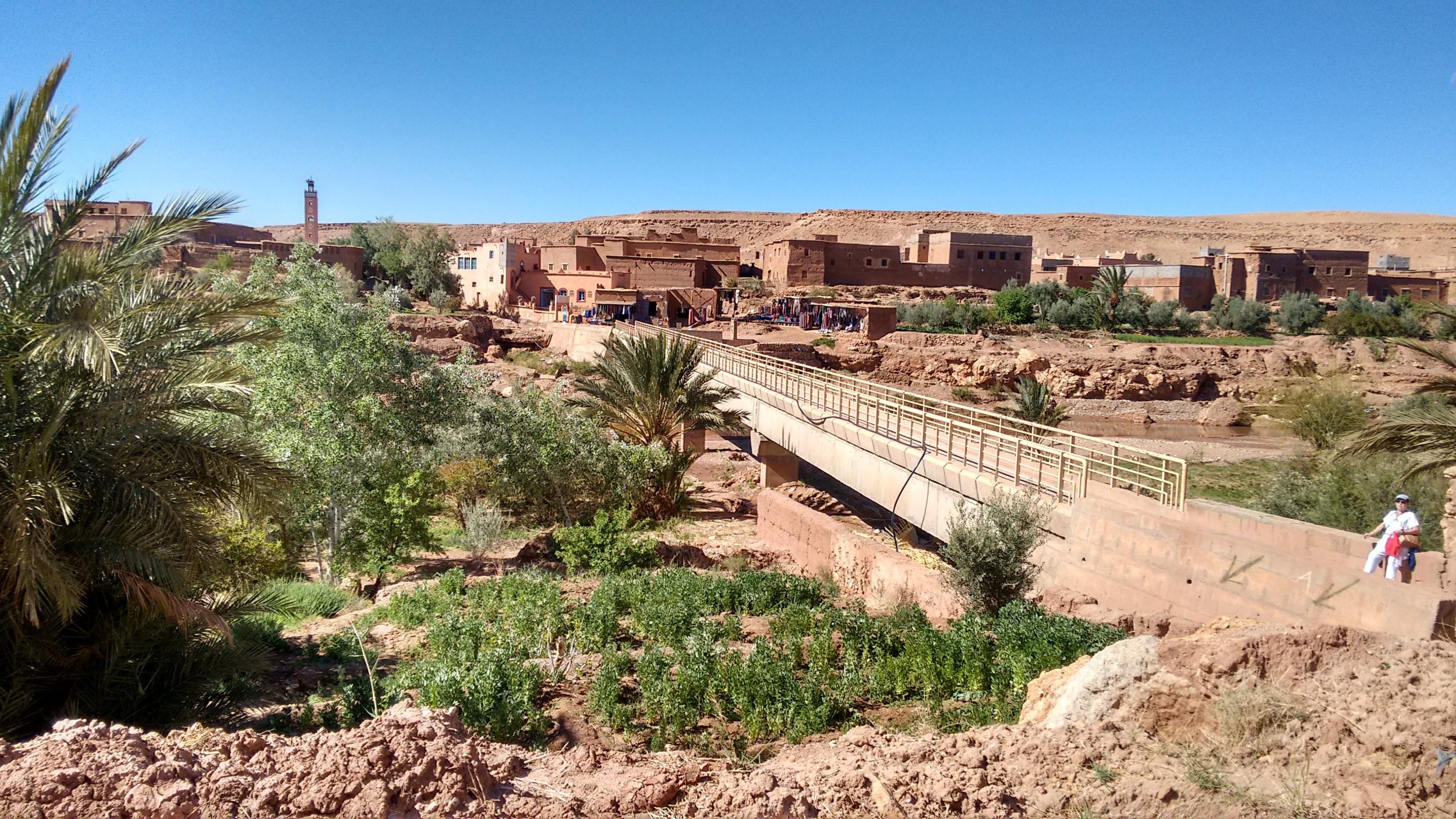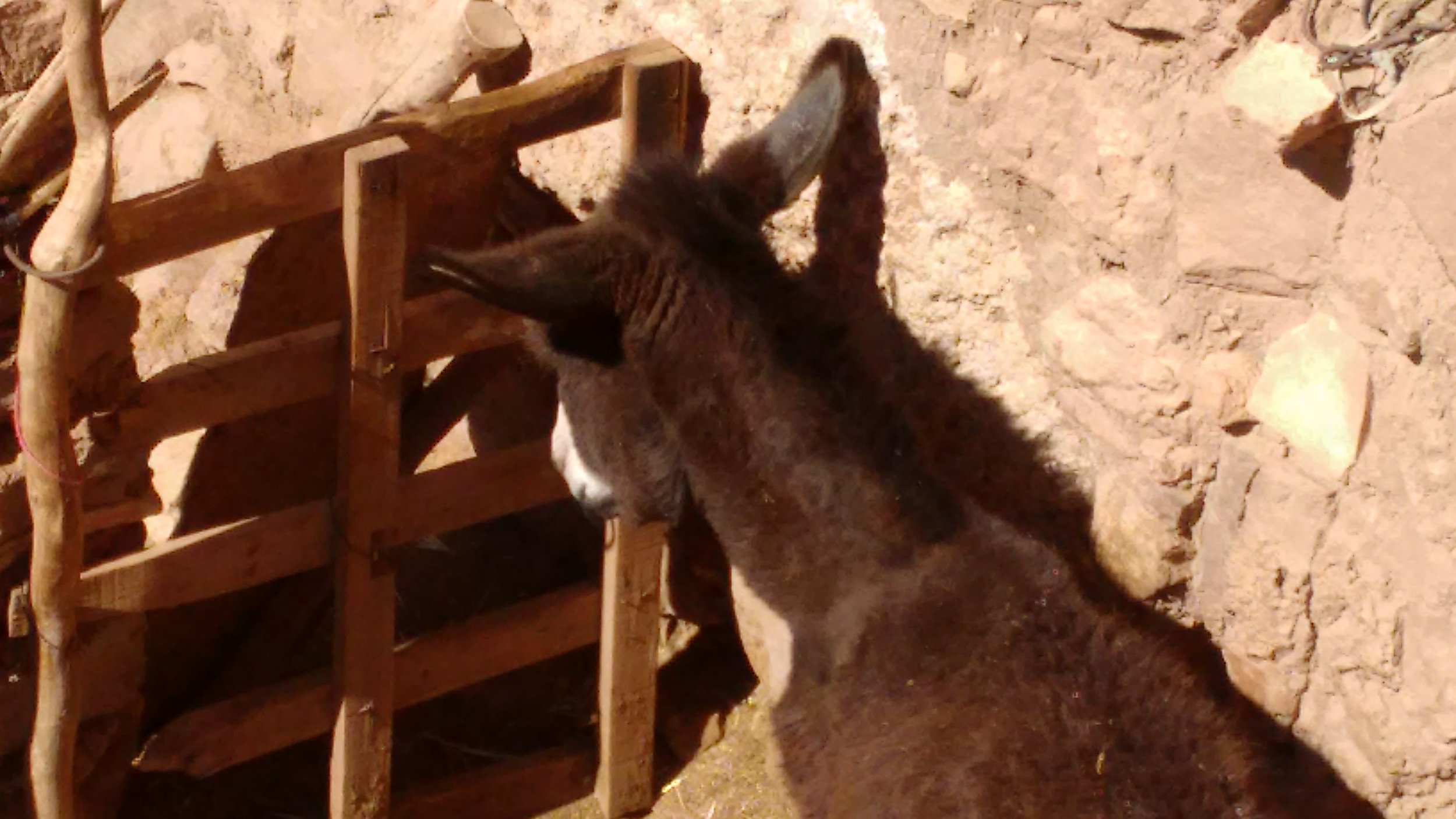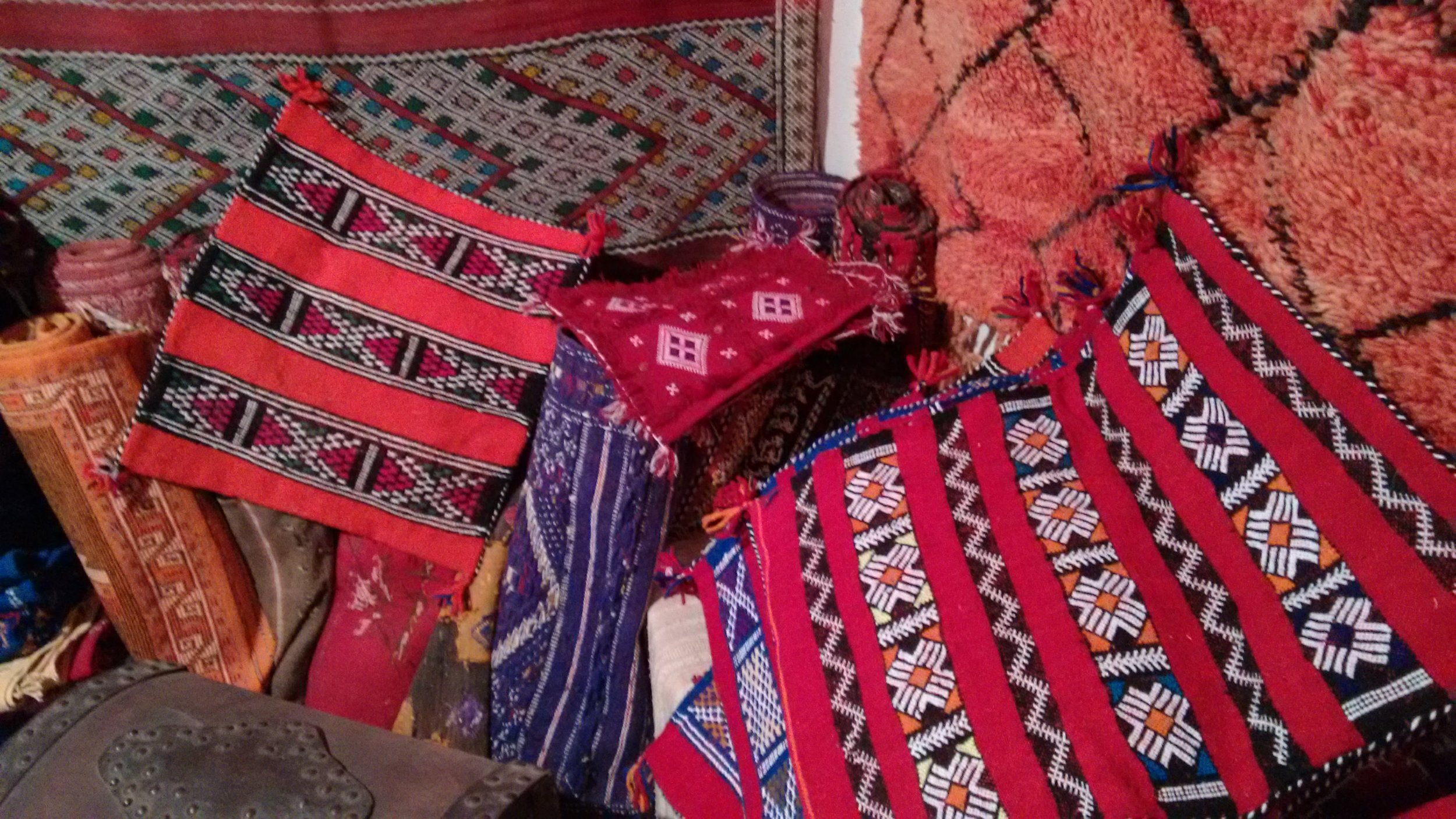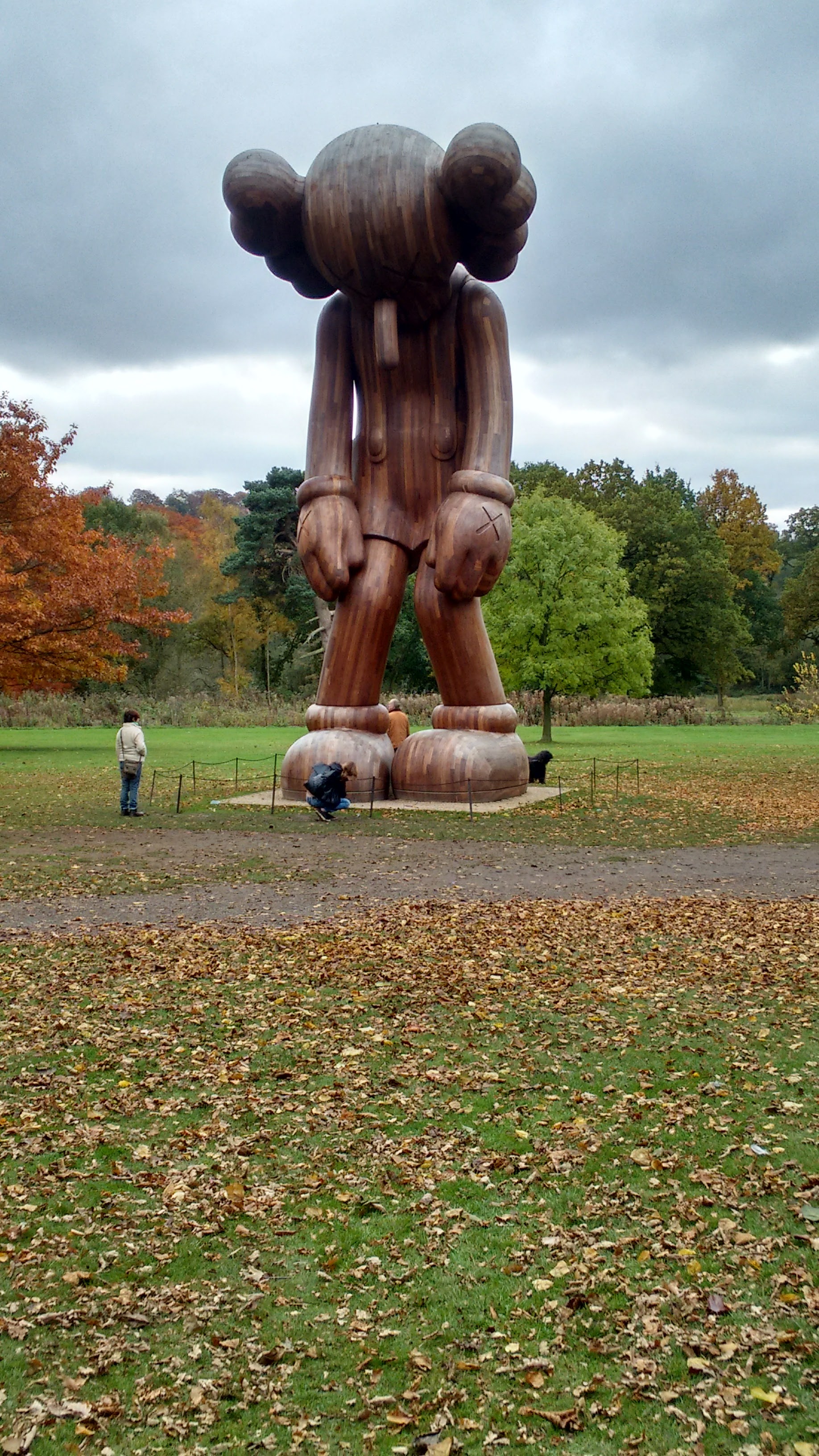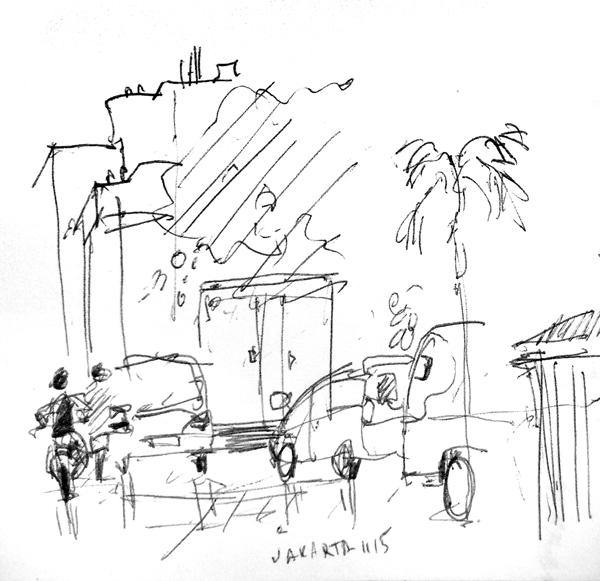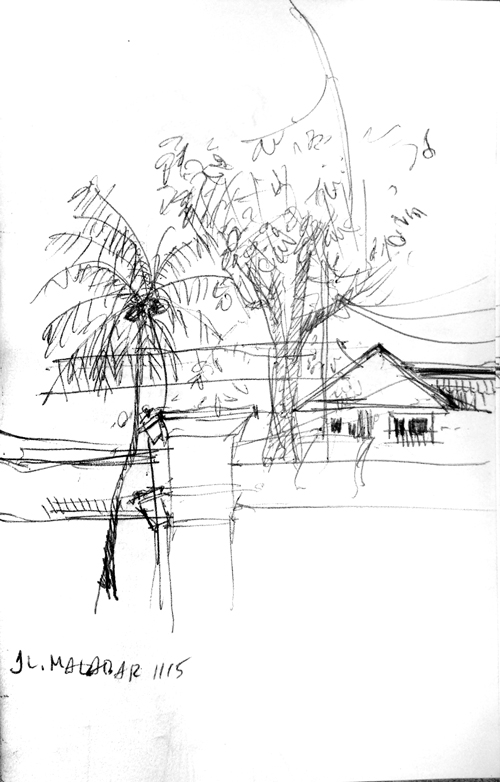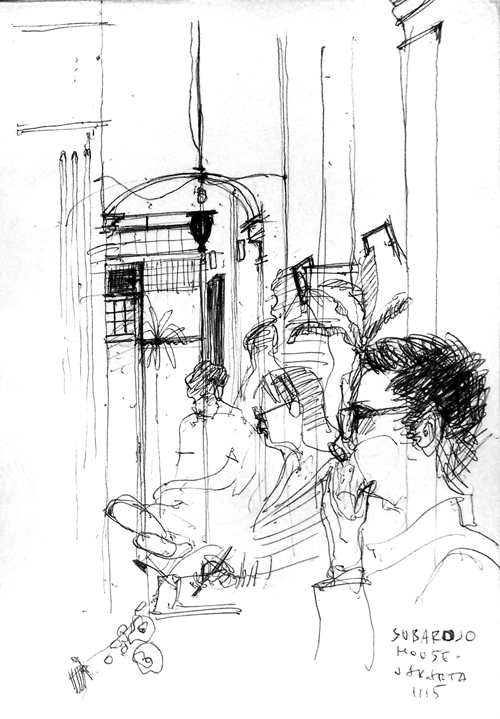Casablanca and Aint Ben Addu
Cybersyn and automation of the government
Project Cybersyn was a Chilean project from 1971–1973 during the presidency of Salvador Allende aimed at constructing a distributed decision support system to aid in the management of the national economy. The project consisted of four modules: an economic simulator, custom software to check factory performance, an operations room, and a national network of telex machines that were linked to one mainframe computer.
Cybersyn control room. Source: https://en.wikipedia.org/w/index.php?curid=12937653
Two clippings from Automated government, an article by John W. Macy in The New Computer Age, 1966:
http://simson.net/ref/1966/SR_AutomatedGovernment.pdf
DAI product placement?
Preparing for Bandung murder conspiracy....
Yorkshire sculpture park
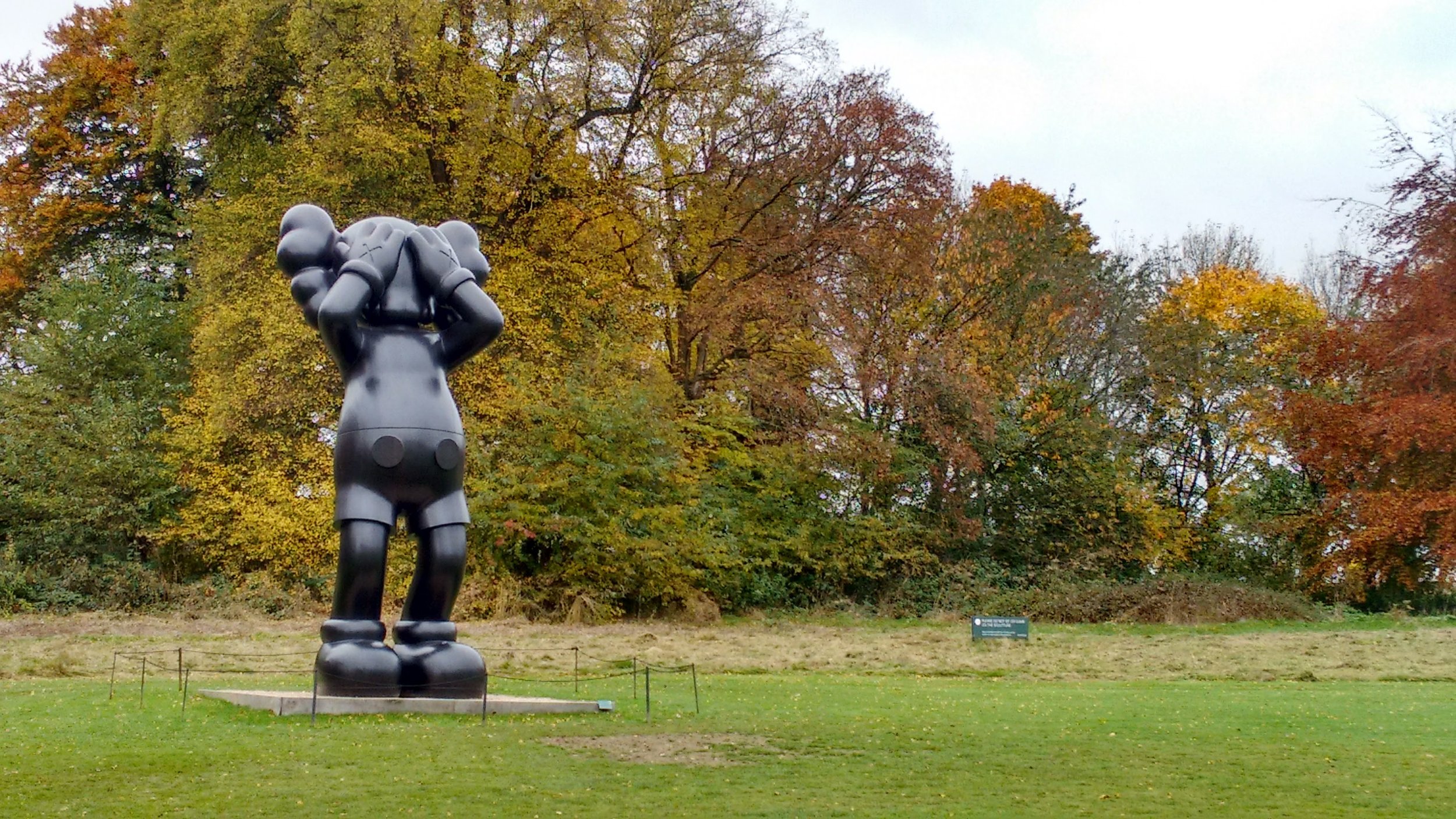
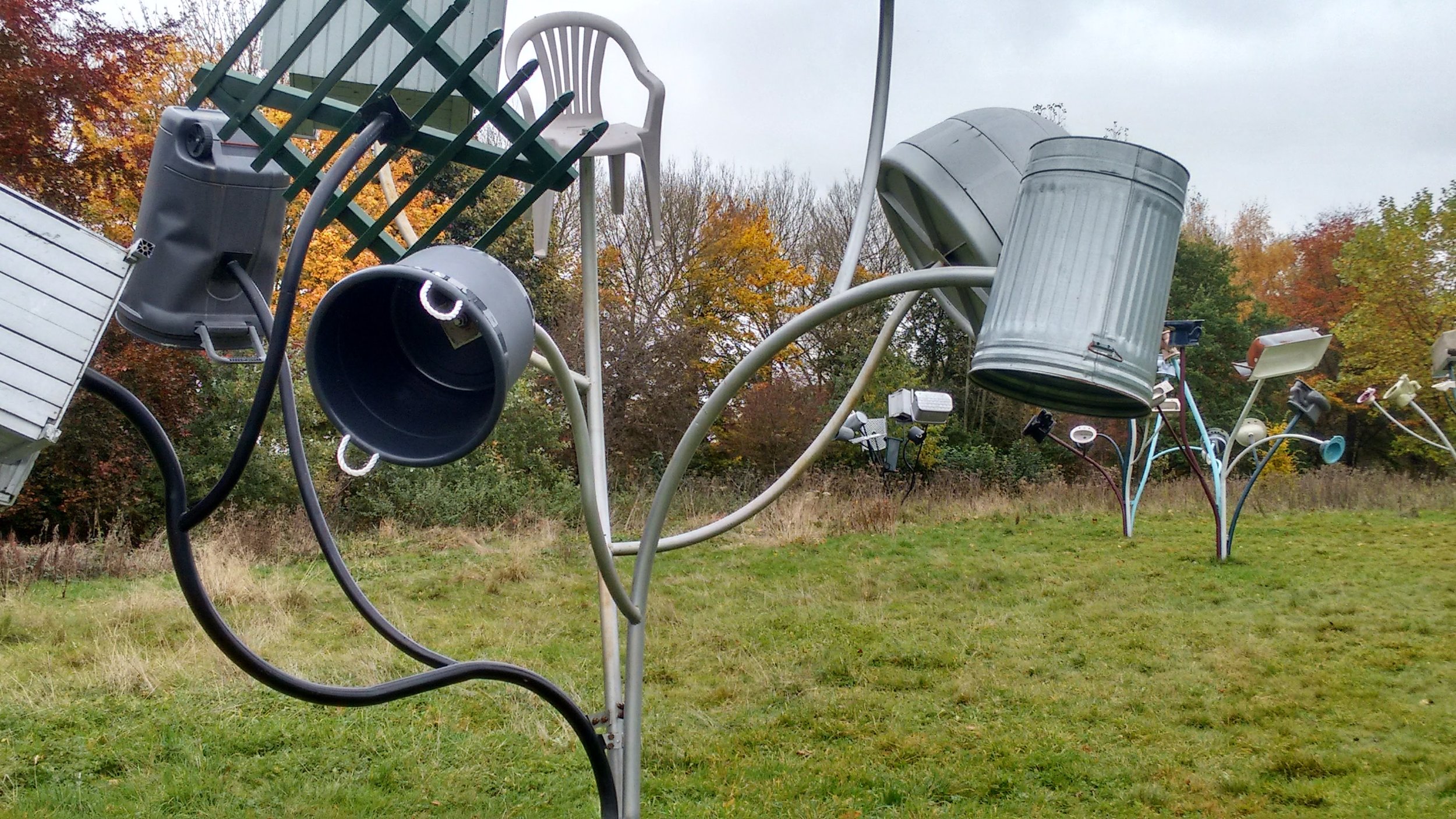
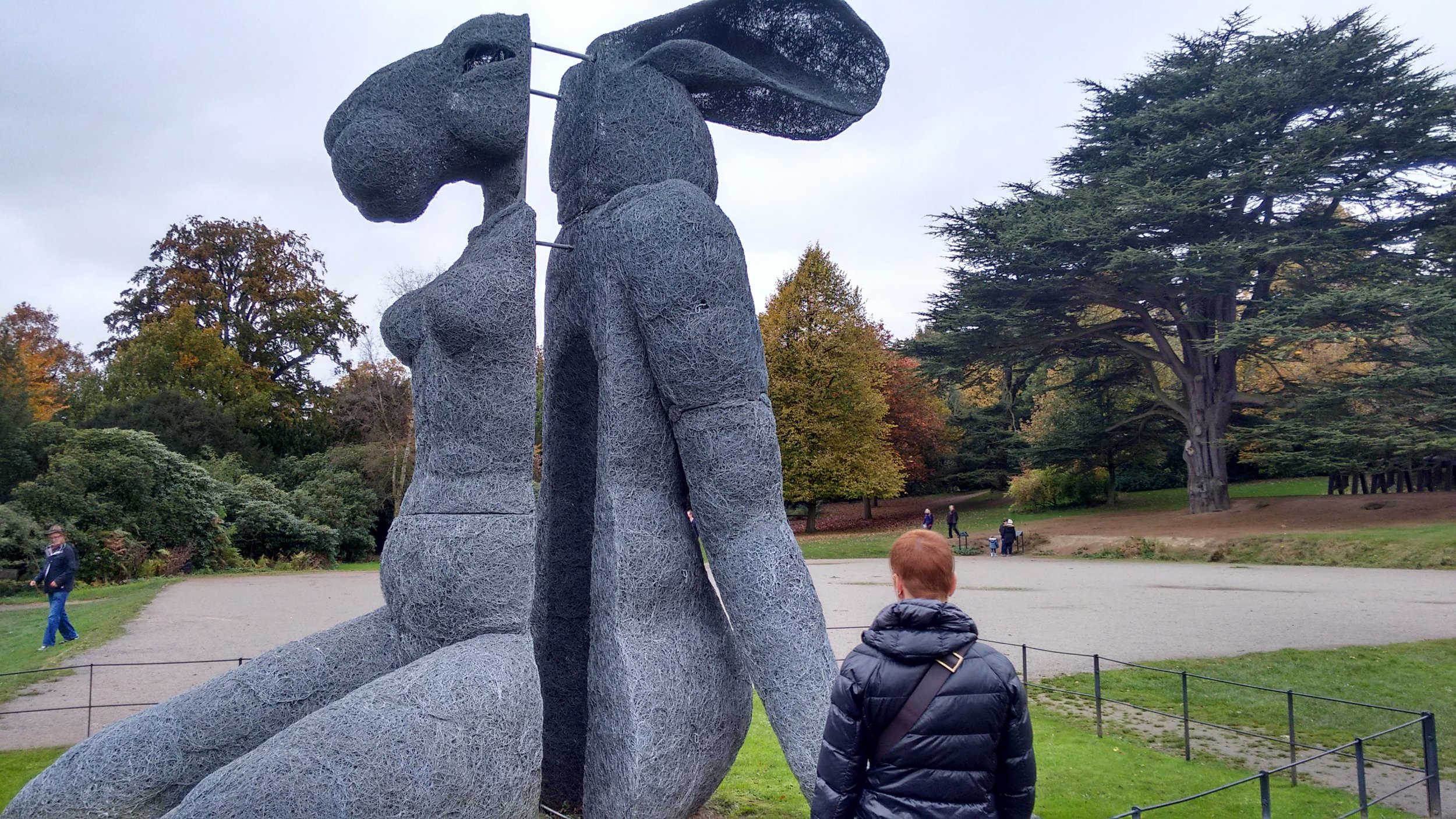
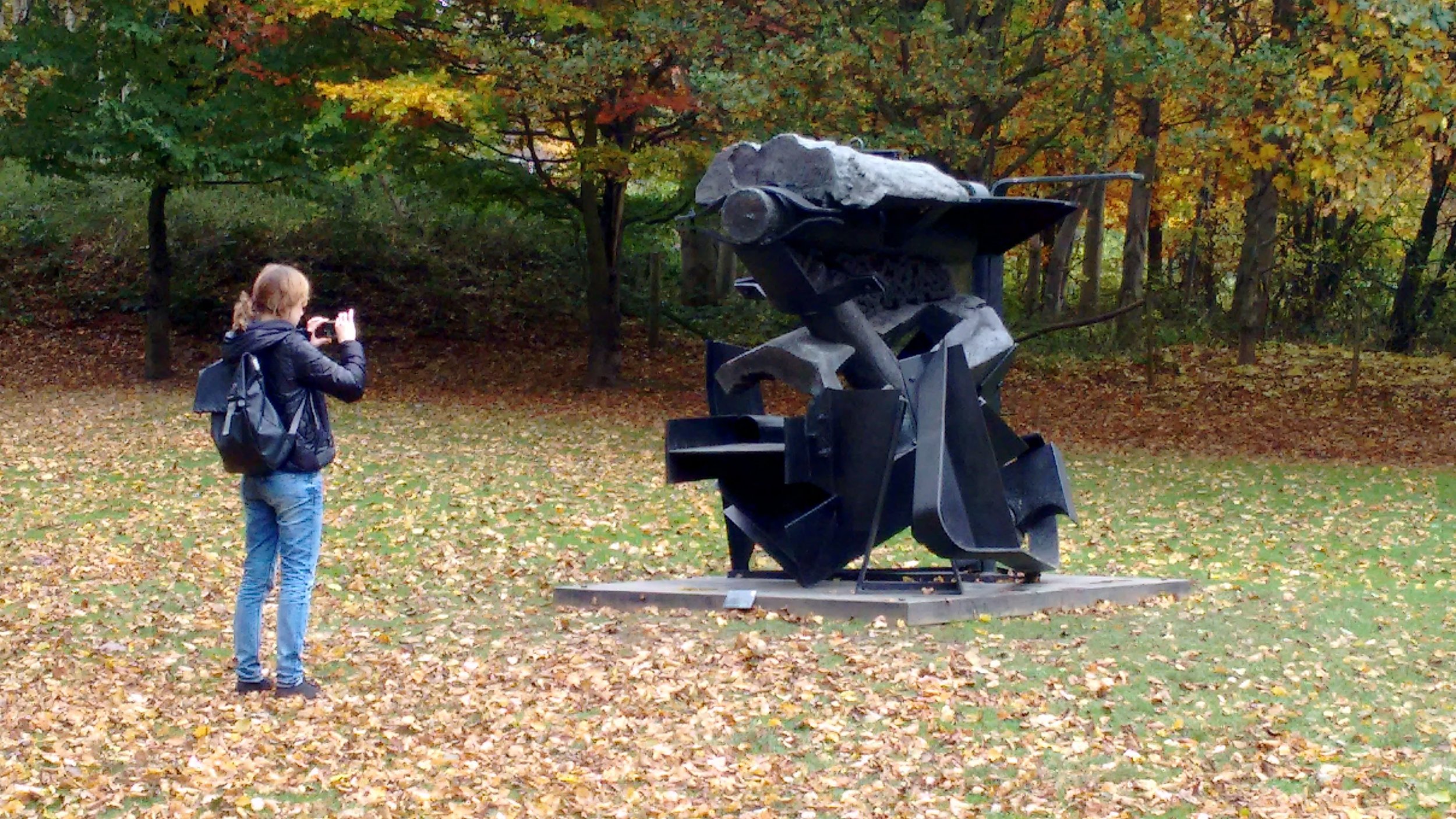
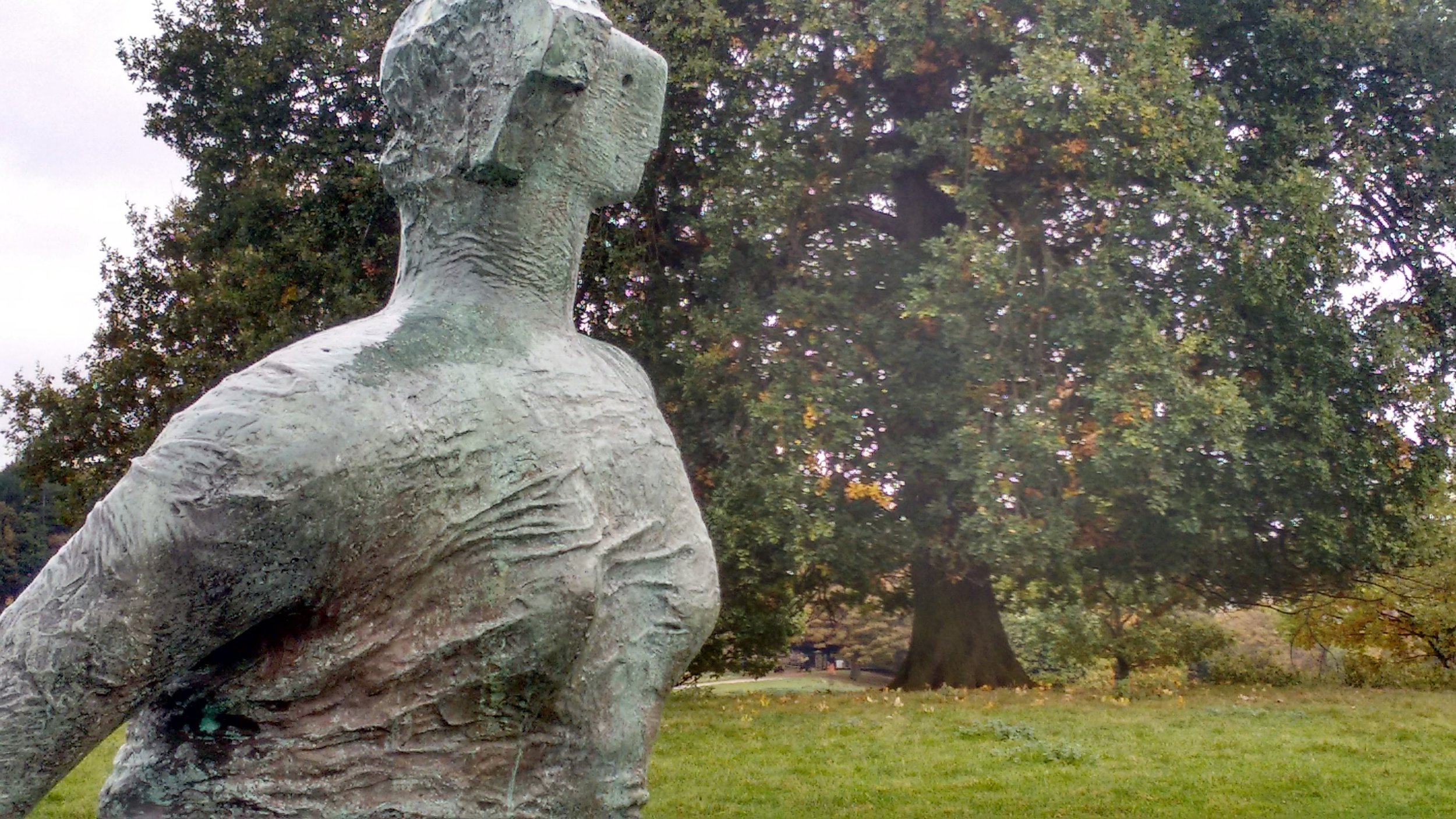
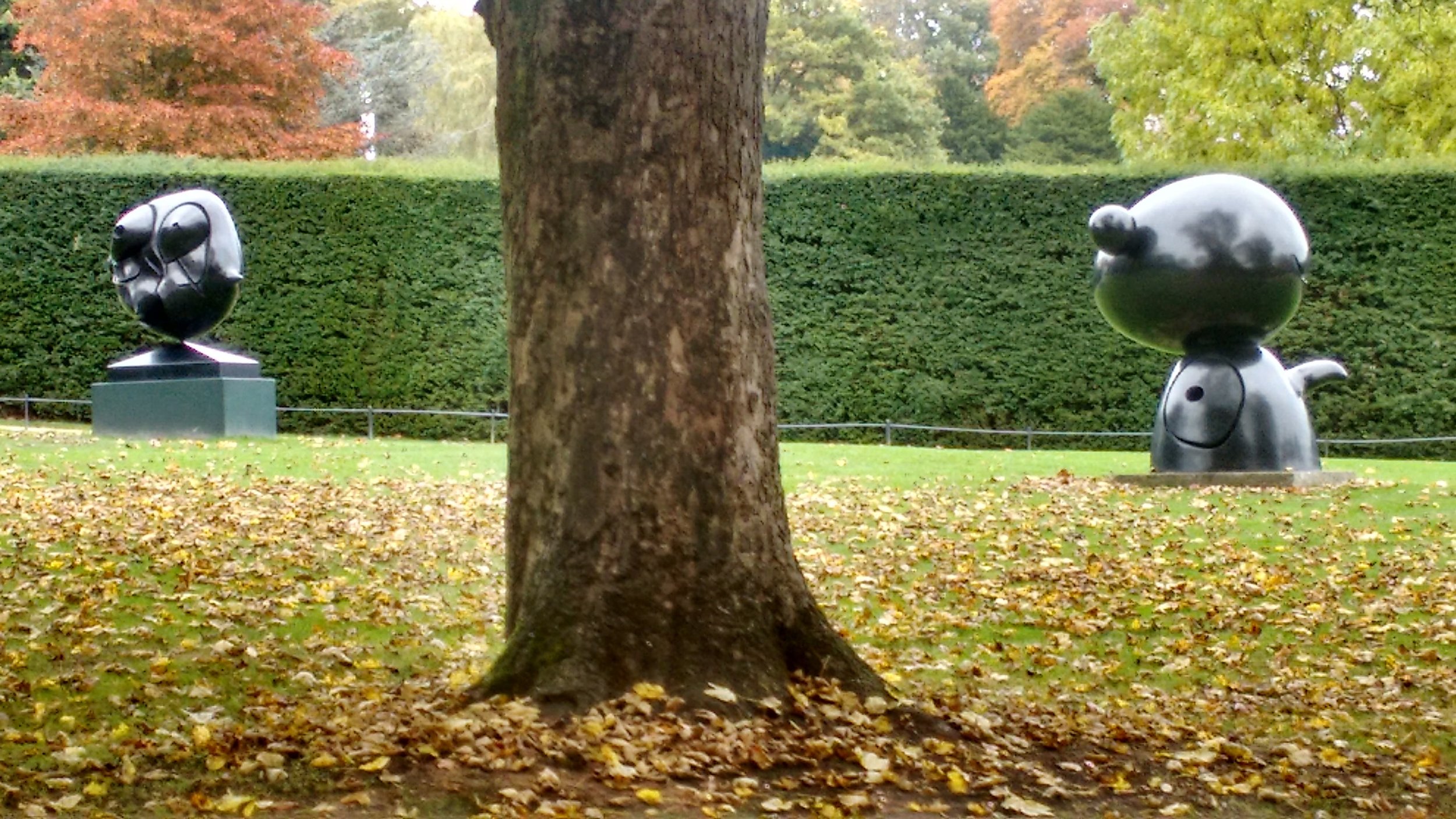
Gerd Arntz (1900-1988) and Isotype
Source: http://www.betweenbridges.net/Arntz.html
Christo and Jean-Claude: Wrapped Coast
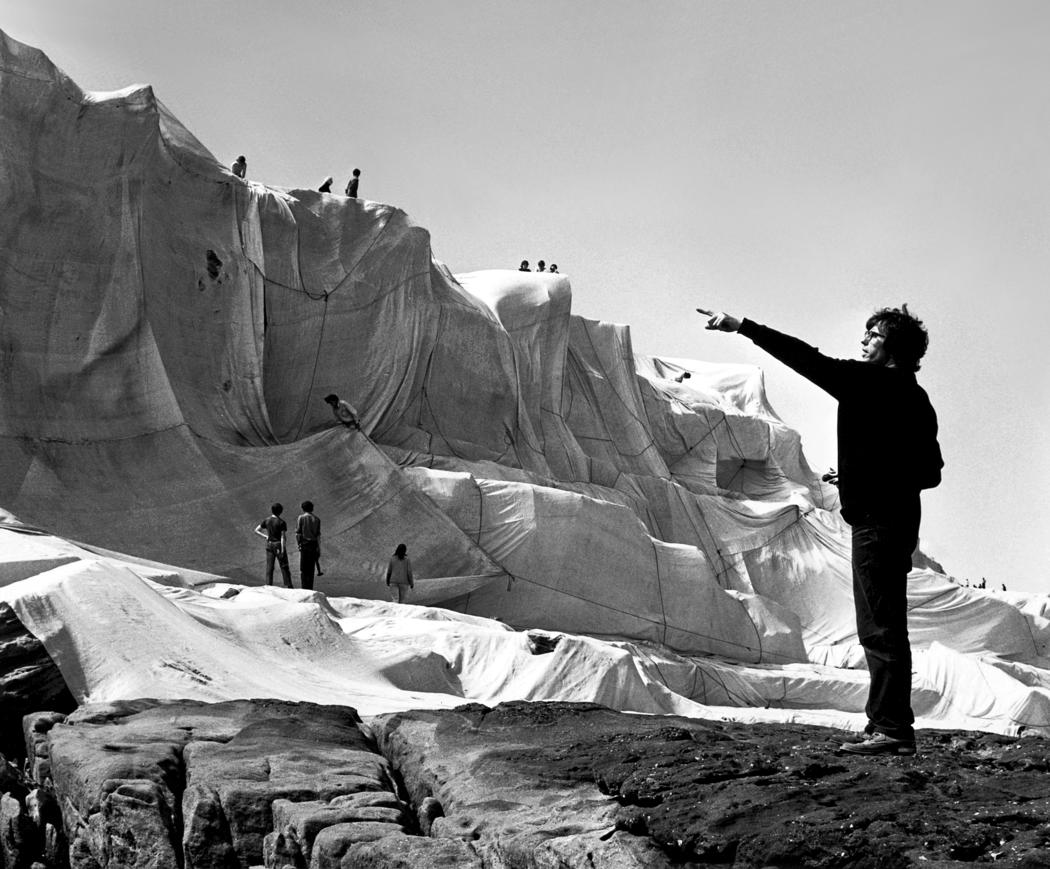
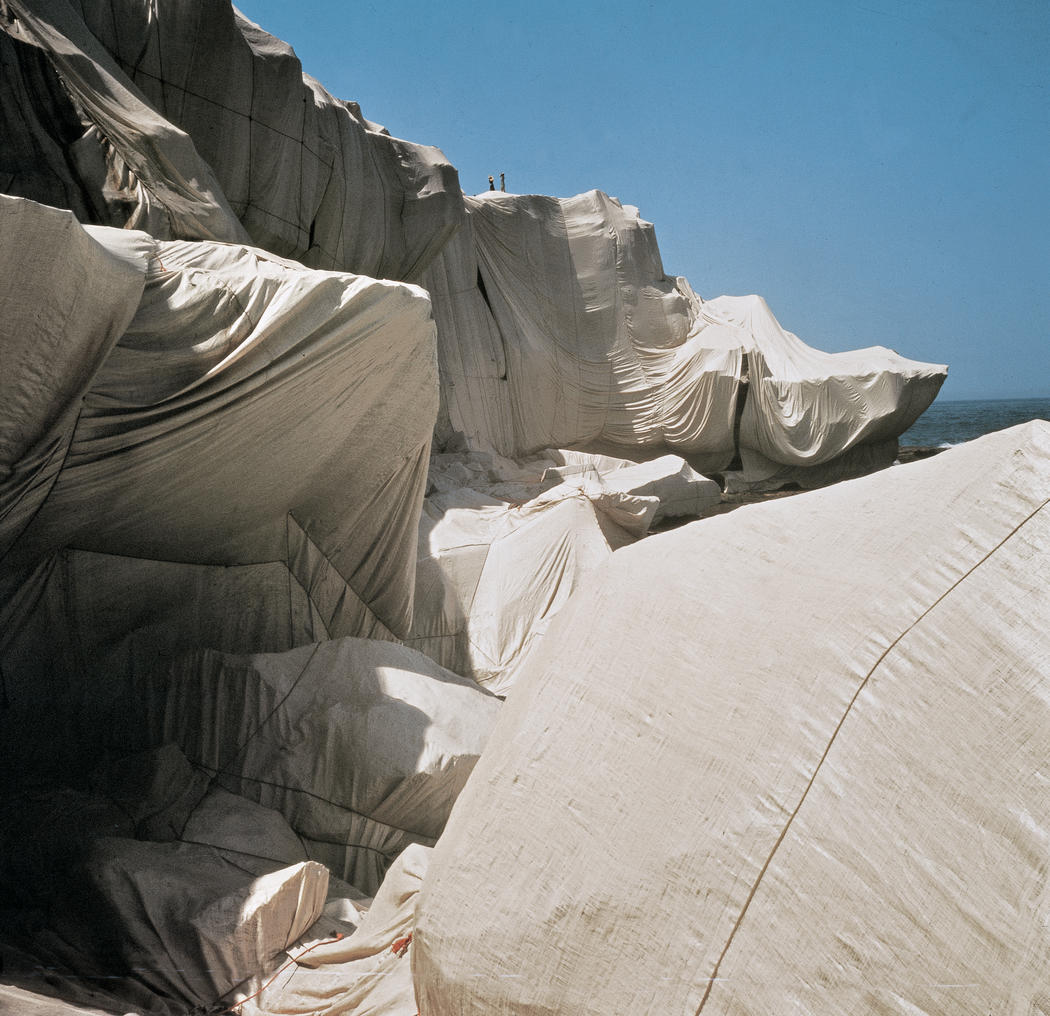
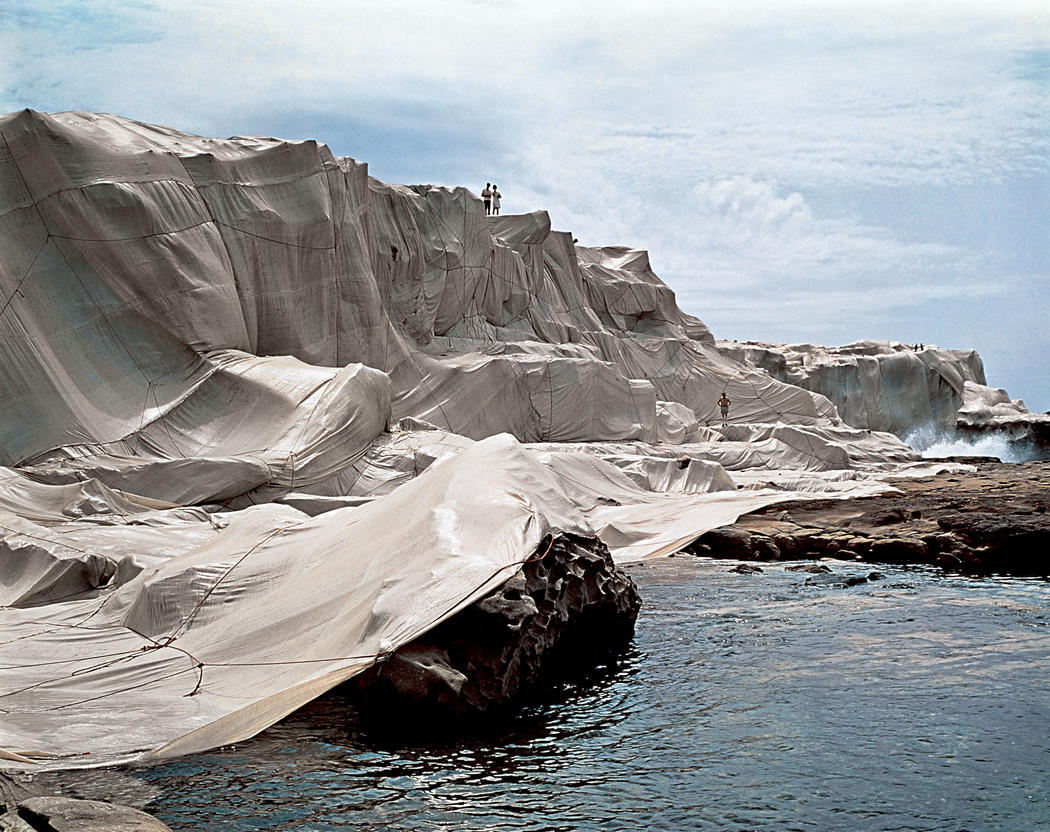
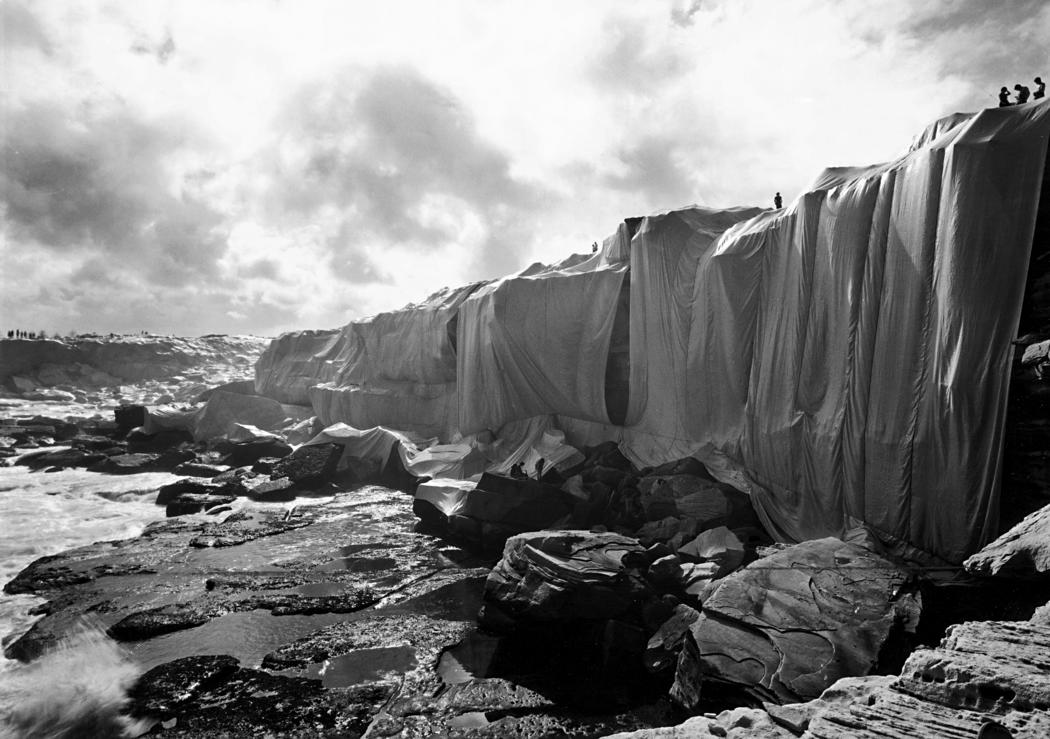
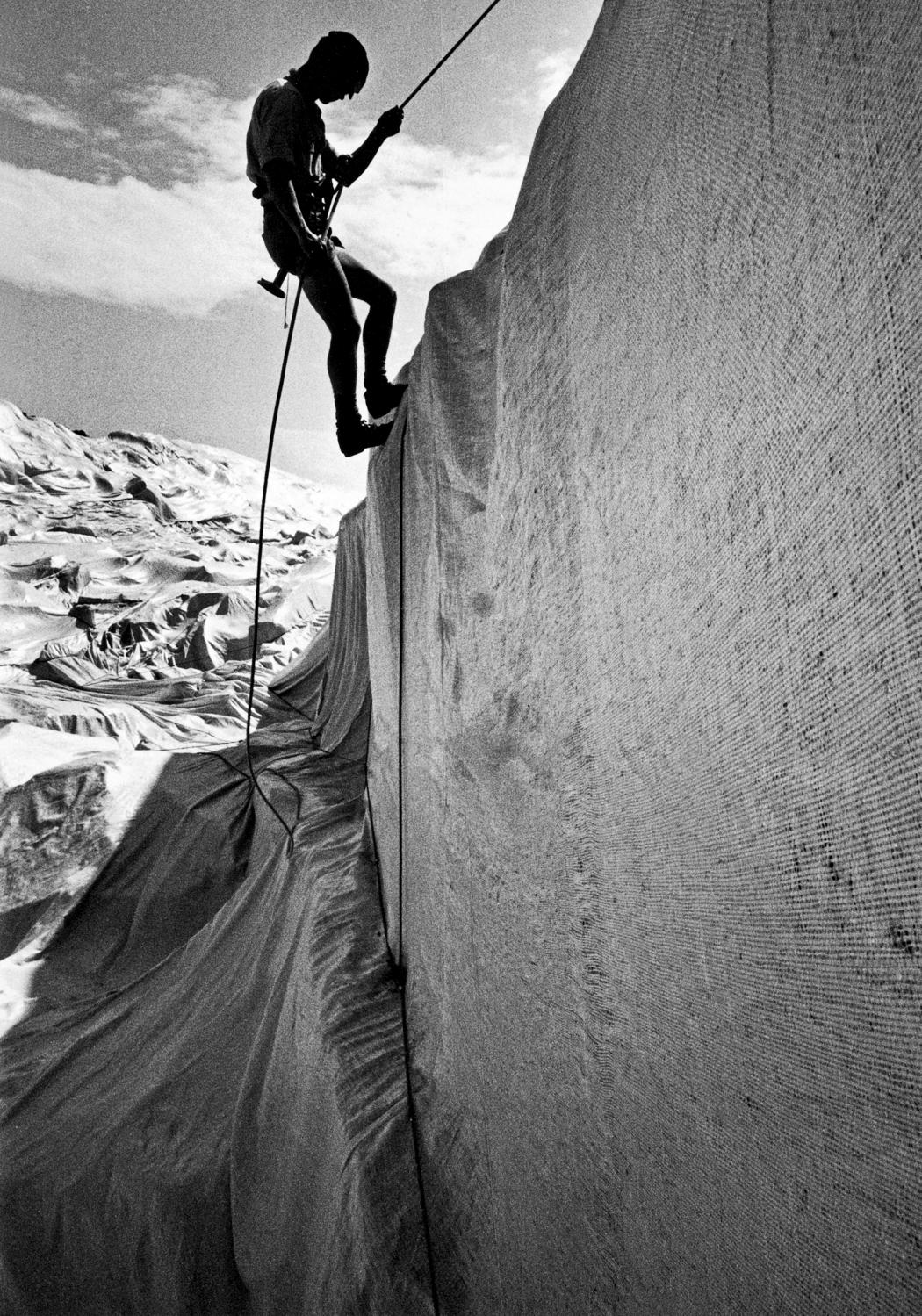


Christo and Jeanne-Claude. Wrapped Coast, One Million Square Feet, Little Bay, Sydney, Australia, 1968-69. Photo: Harry Shunk. © 1969 Christo Source: http://christojeanneclaude.net
Notes for Inigo Wilkins, Andrew Osborne: Catalysing Dissent
Uxbridge: the night
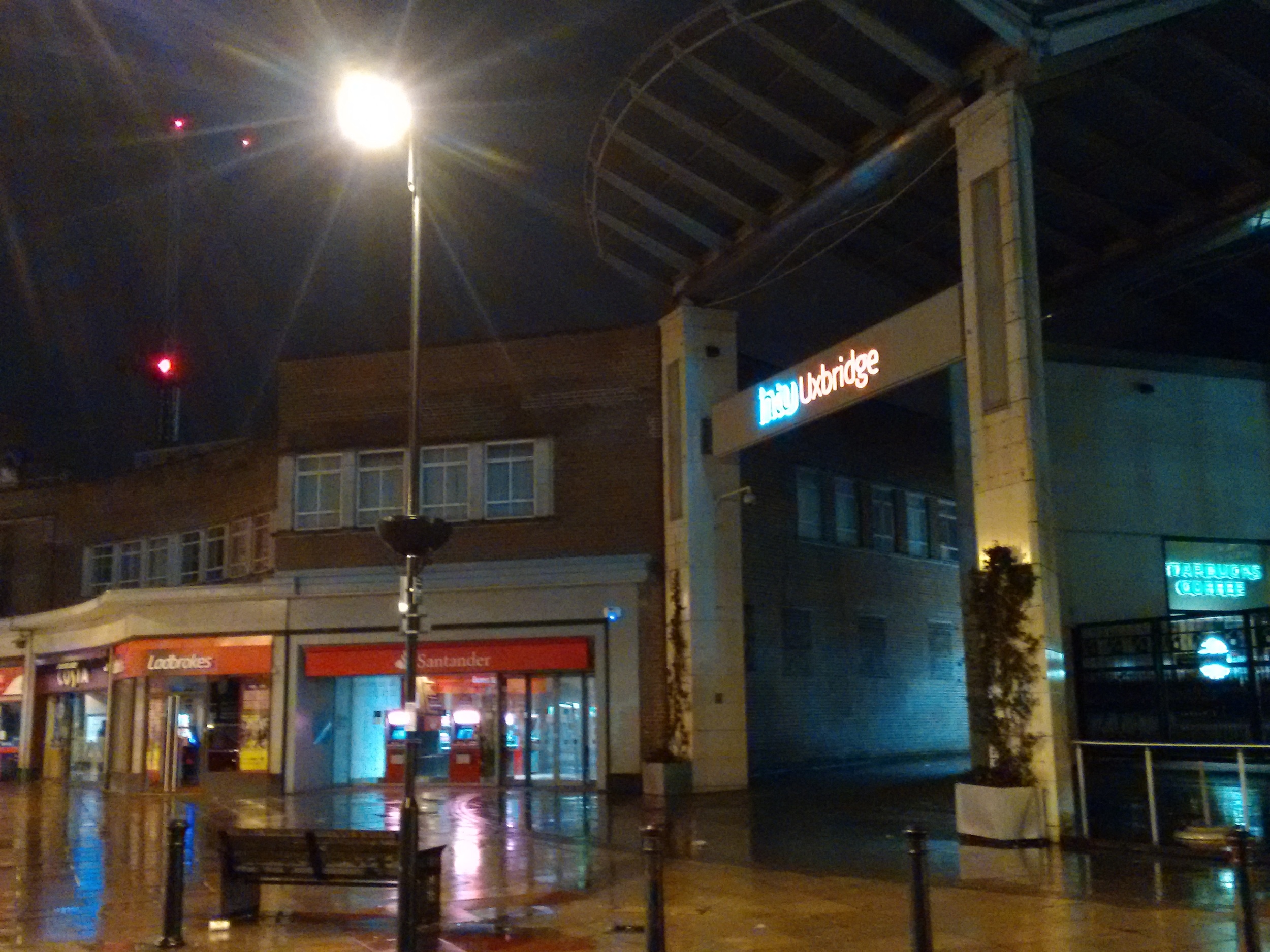
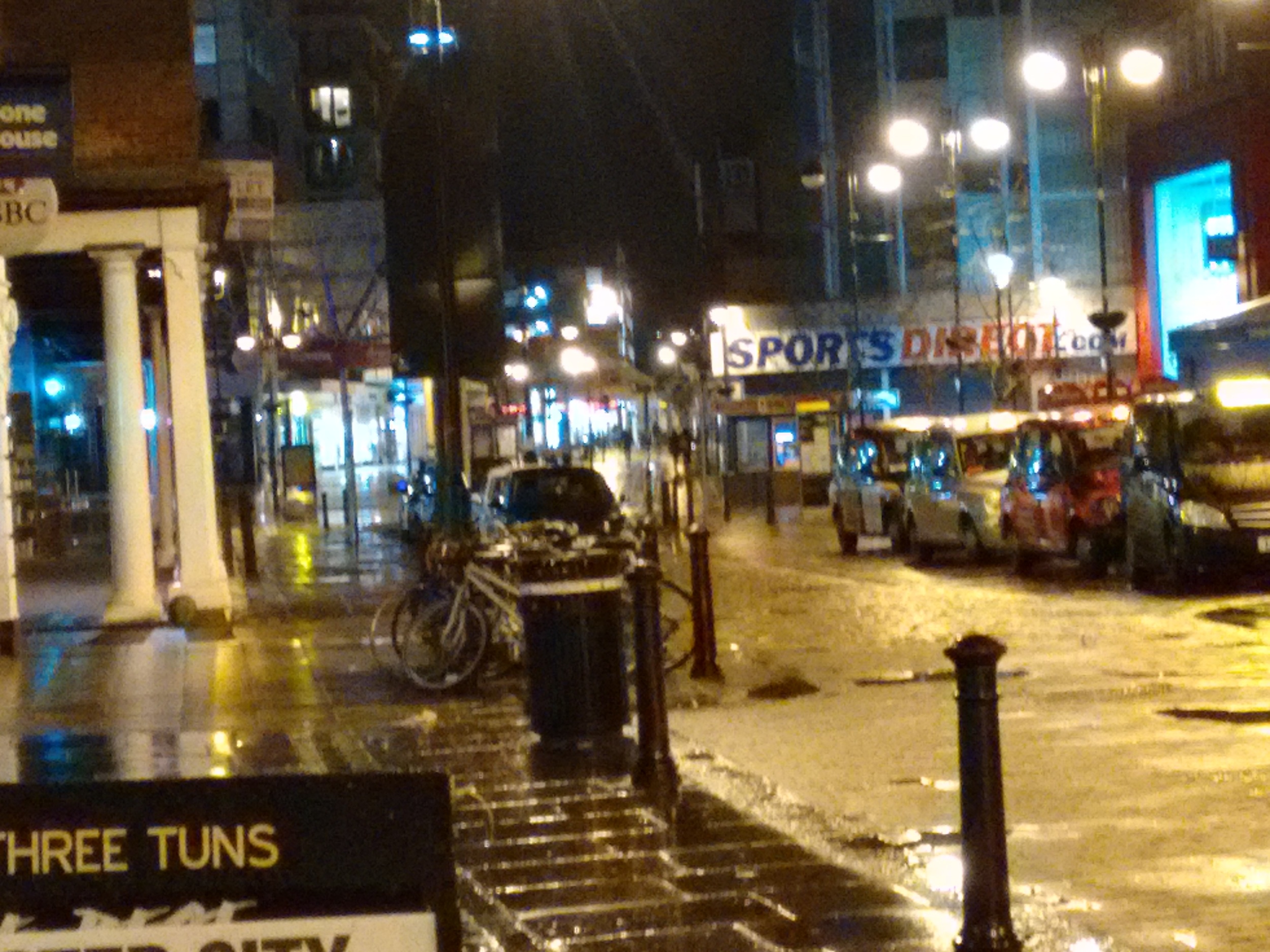
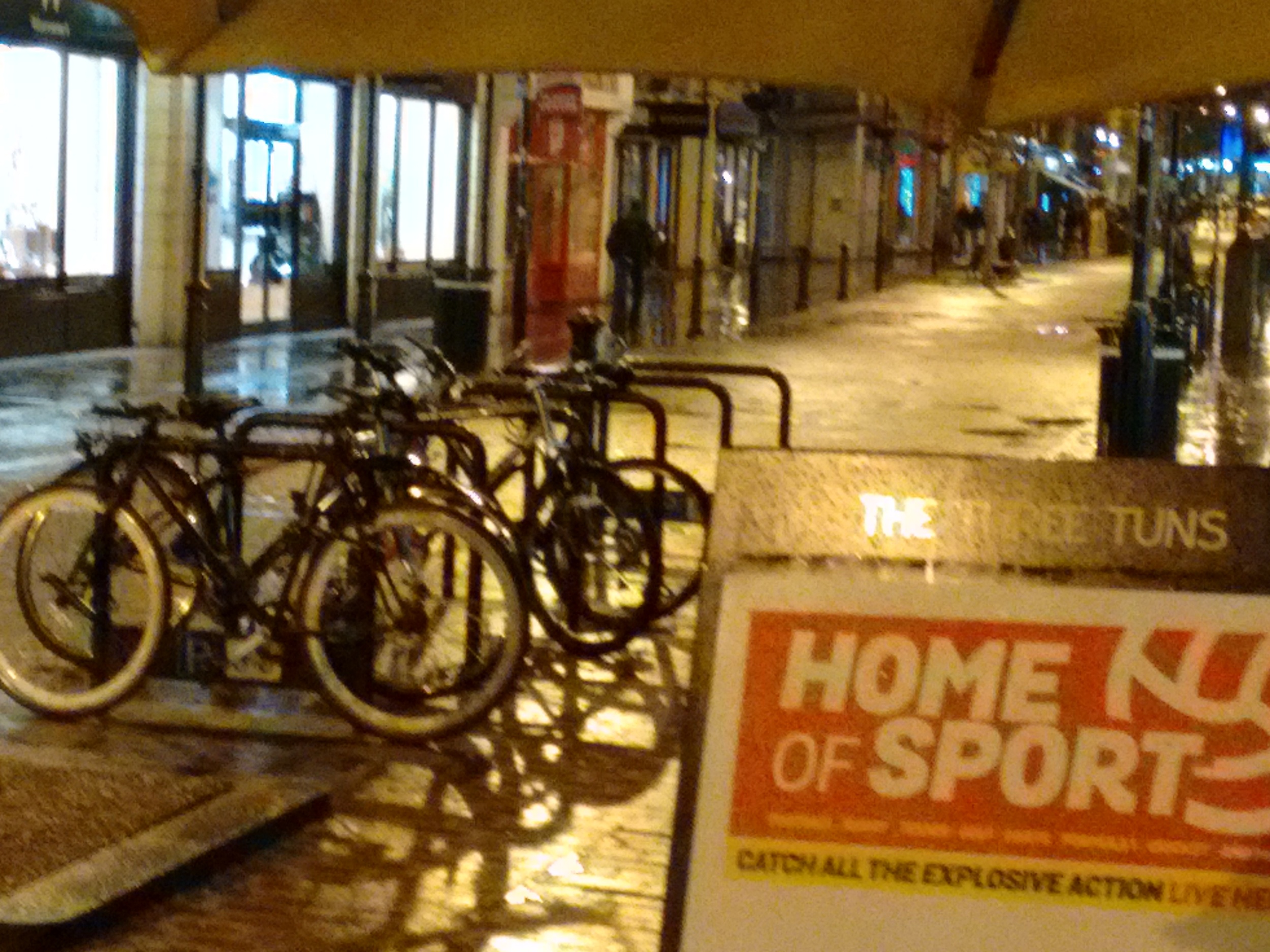
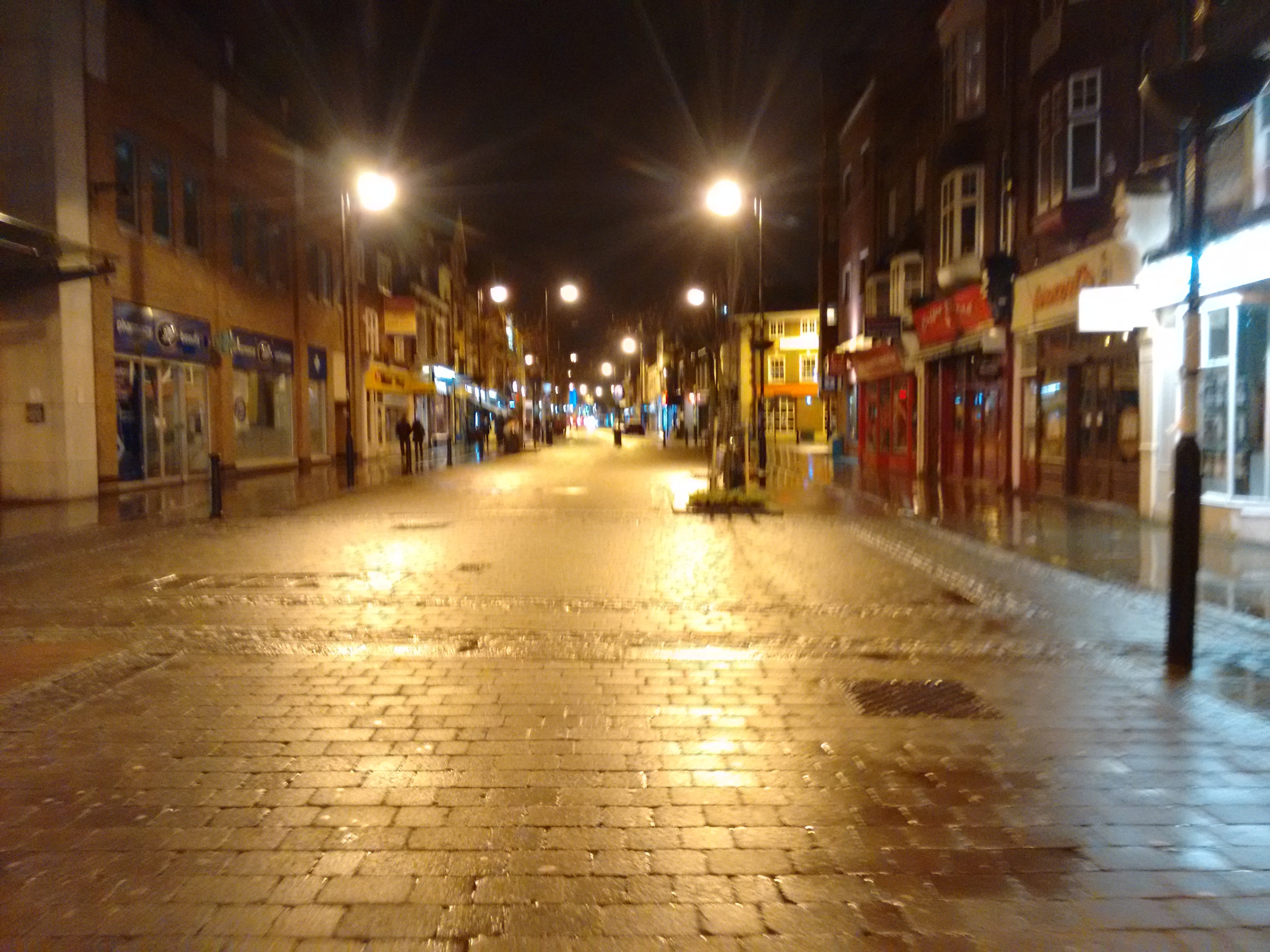

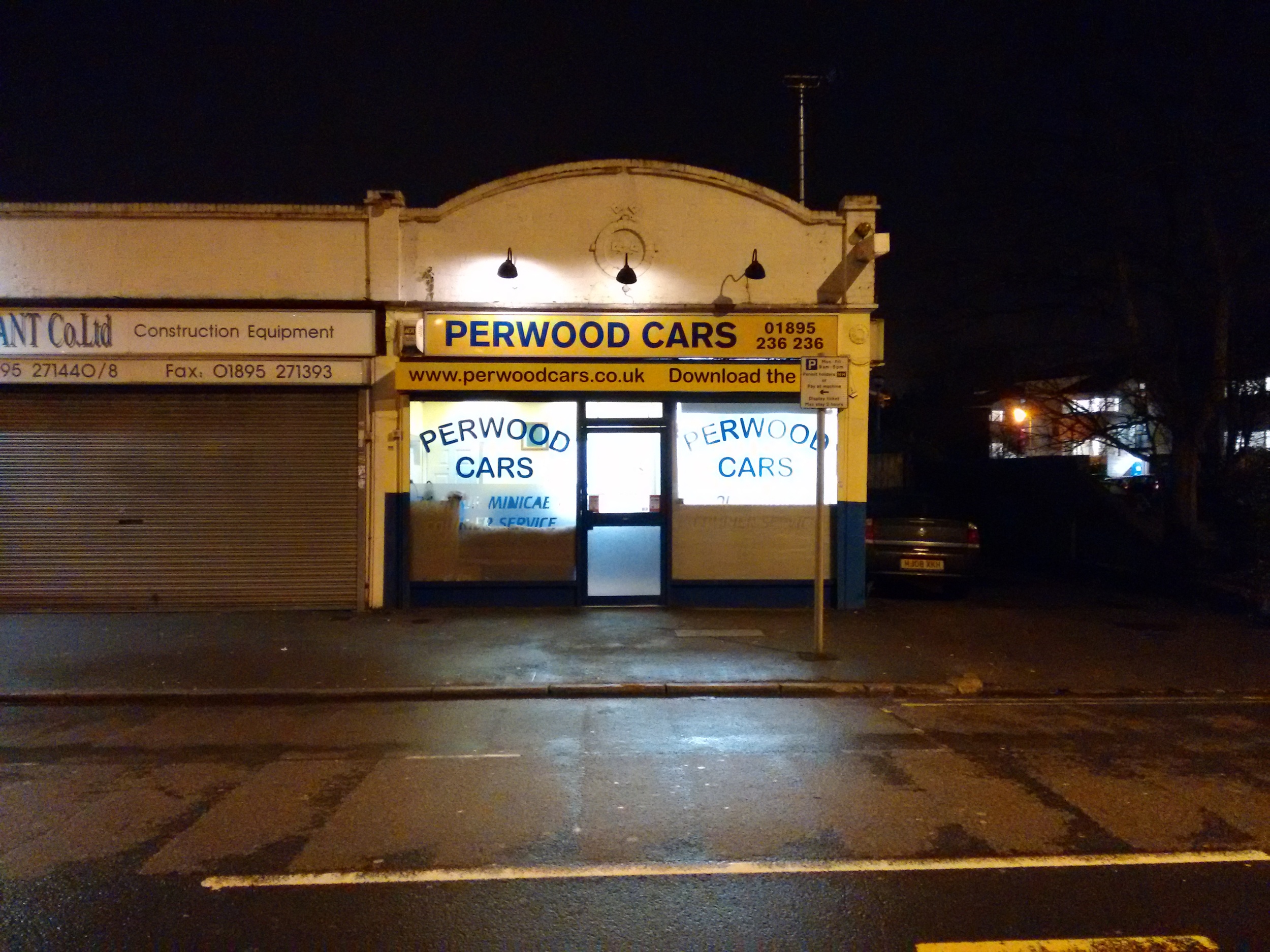
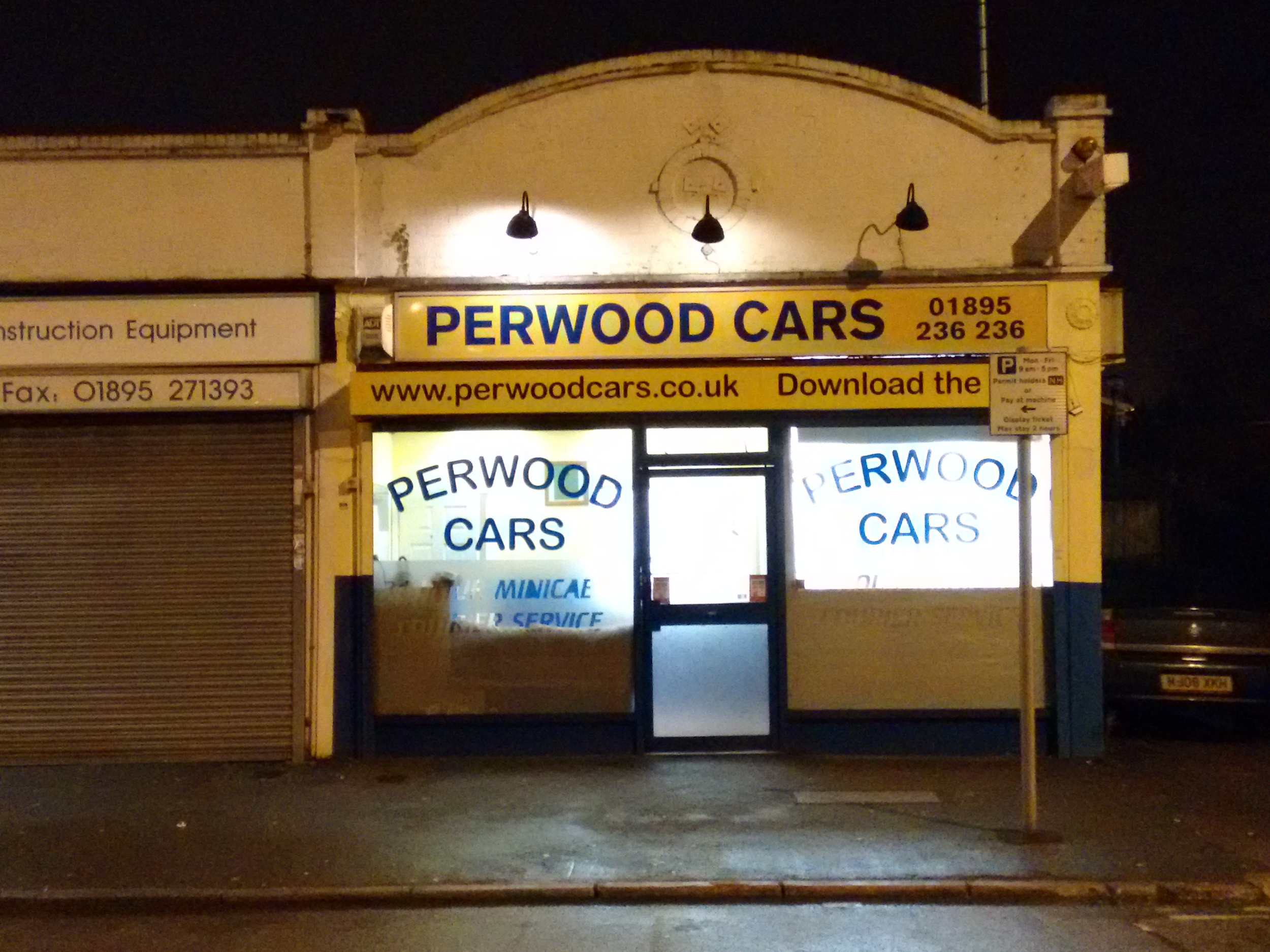
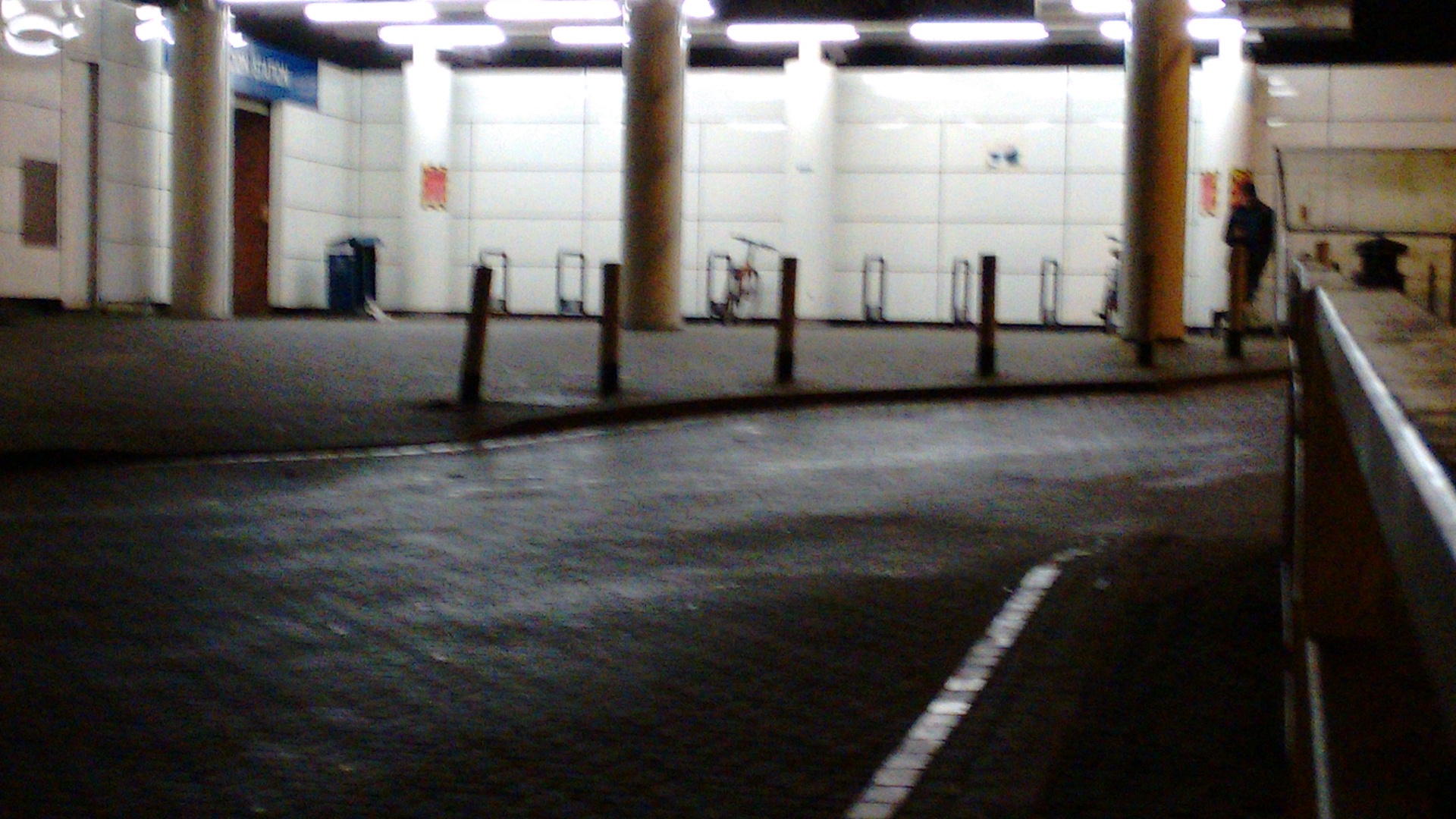
Notes for Georg Simmel, The Stranger
Contains notes on The Stranger by Georg Simmel.
Stranger (as a sociological form) is the conceptual unity of 'wandering' and 'fixation'.
Potential wanderer - someone who hasn't belonged to the group from the very beginning, that he imports qualities into it that cannot stem from the group itself.
Unity of nearness and remoteness (he, who is close by, is far and vice versa).
Location: Hillingdon
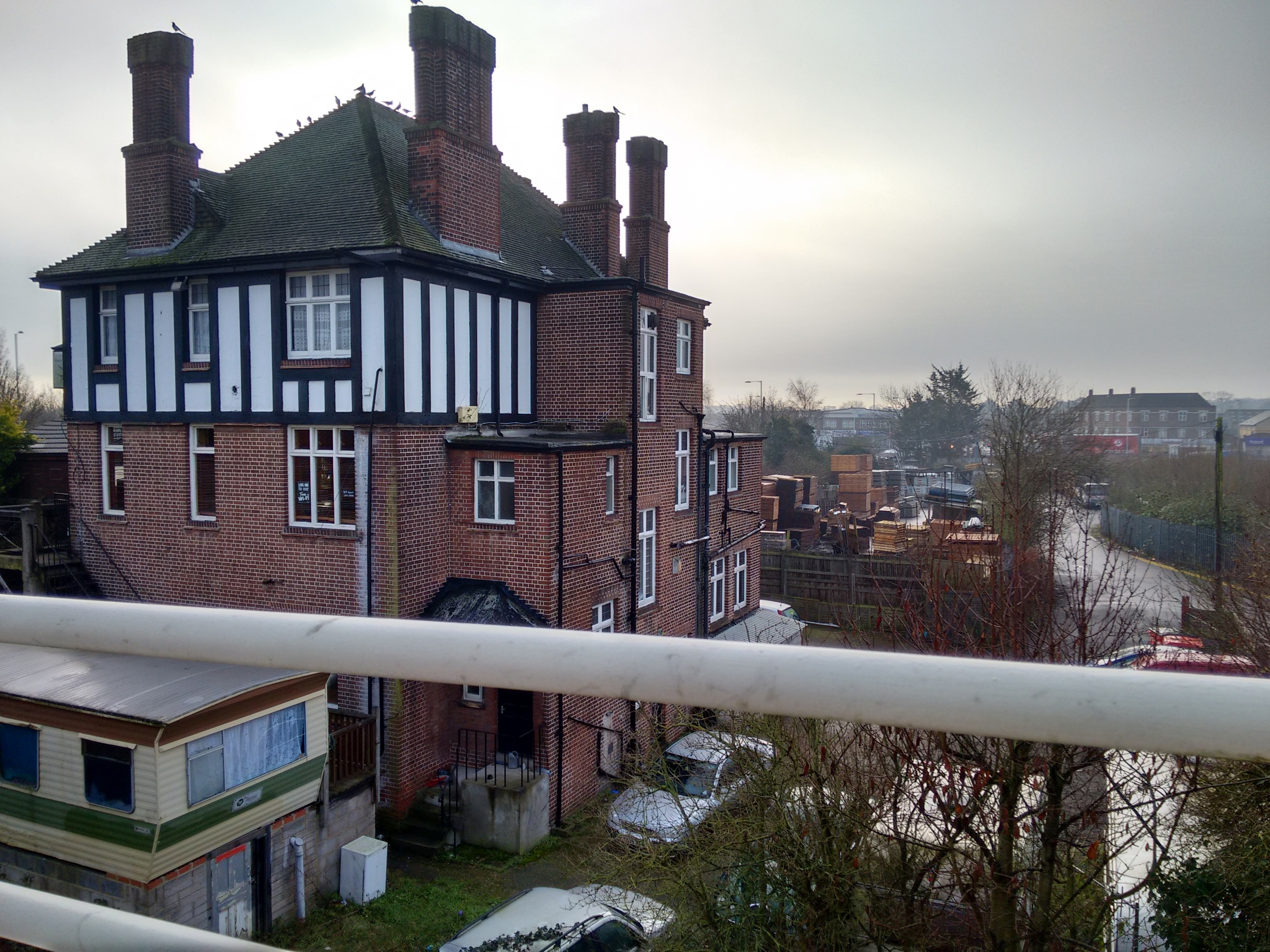

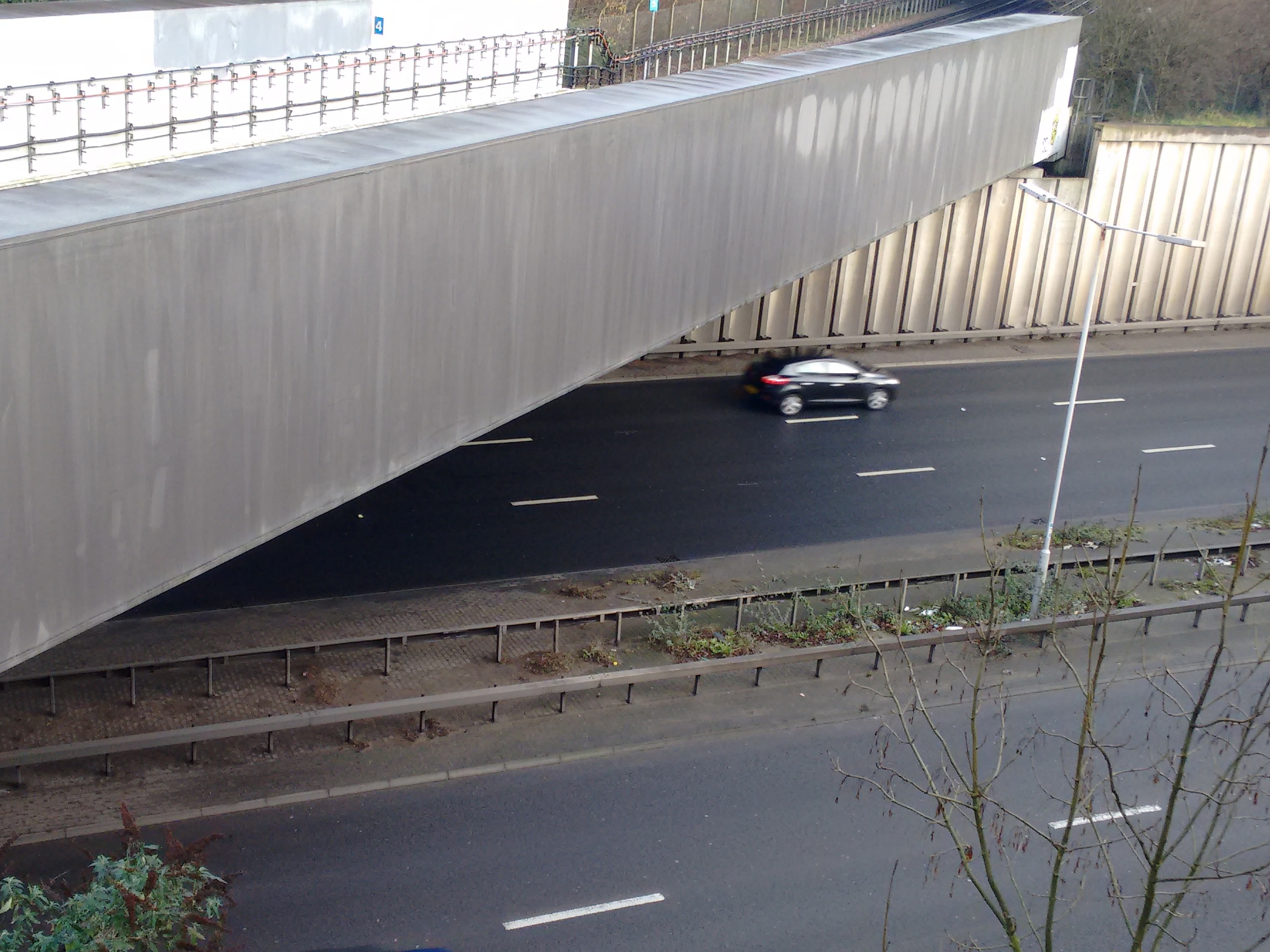
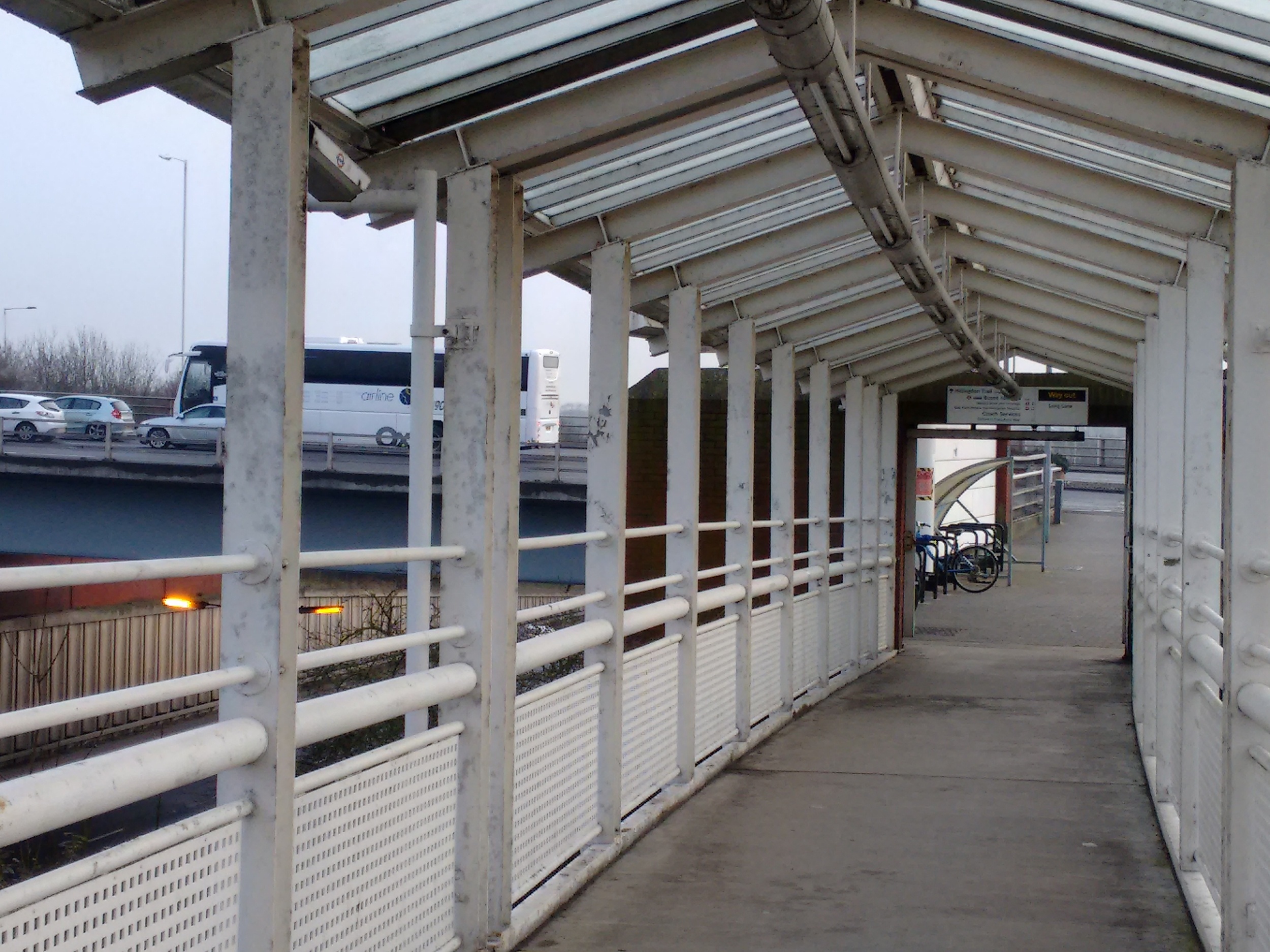
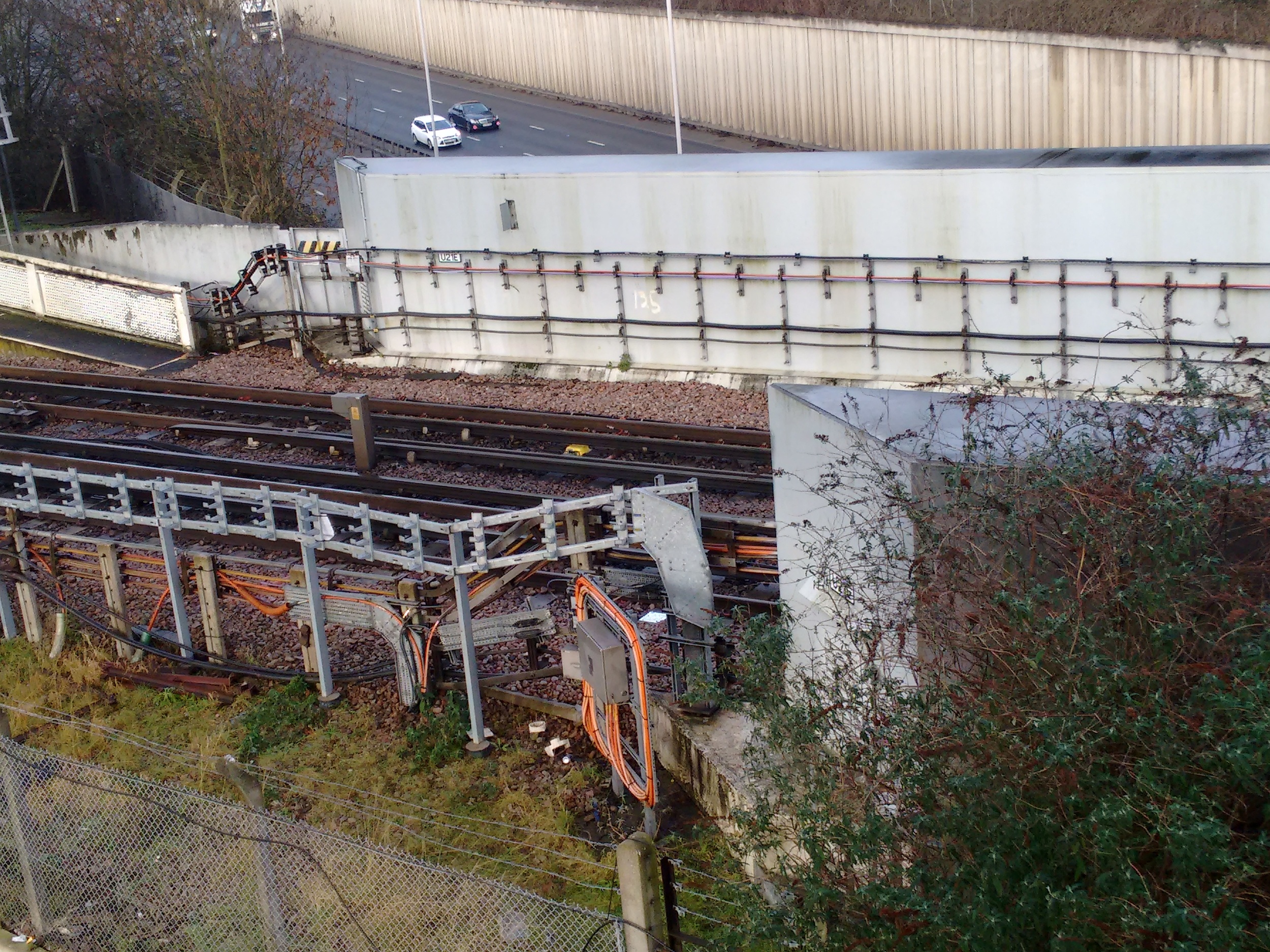

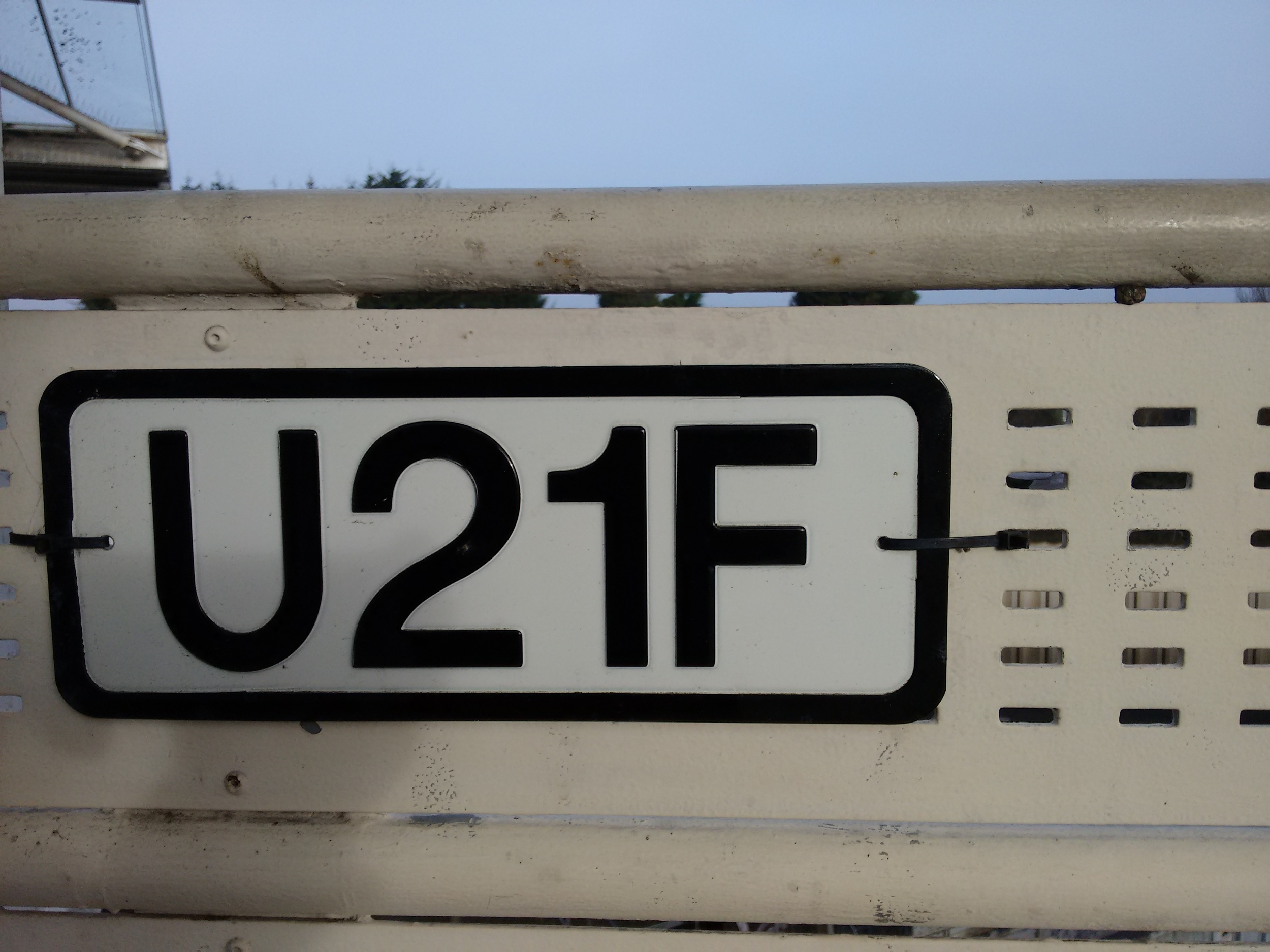
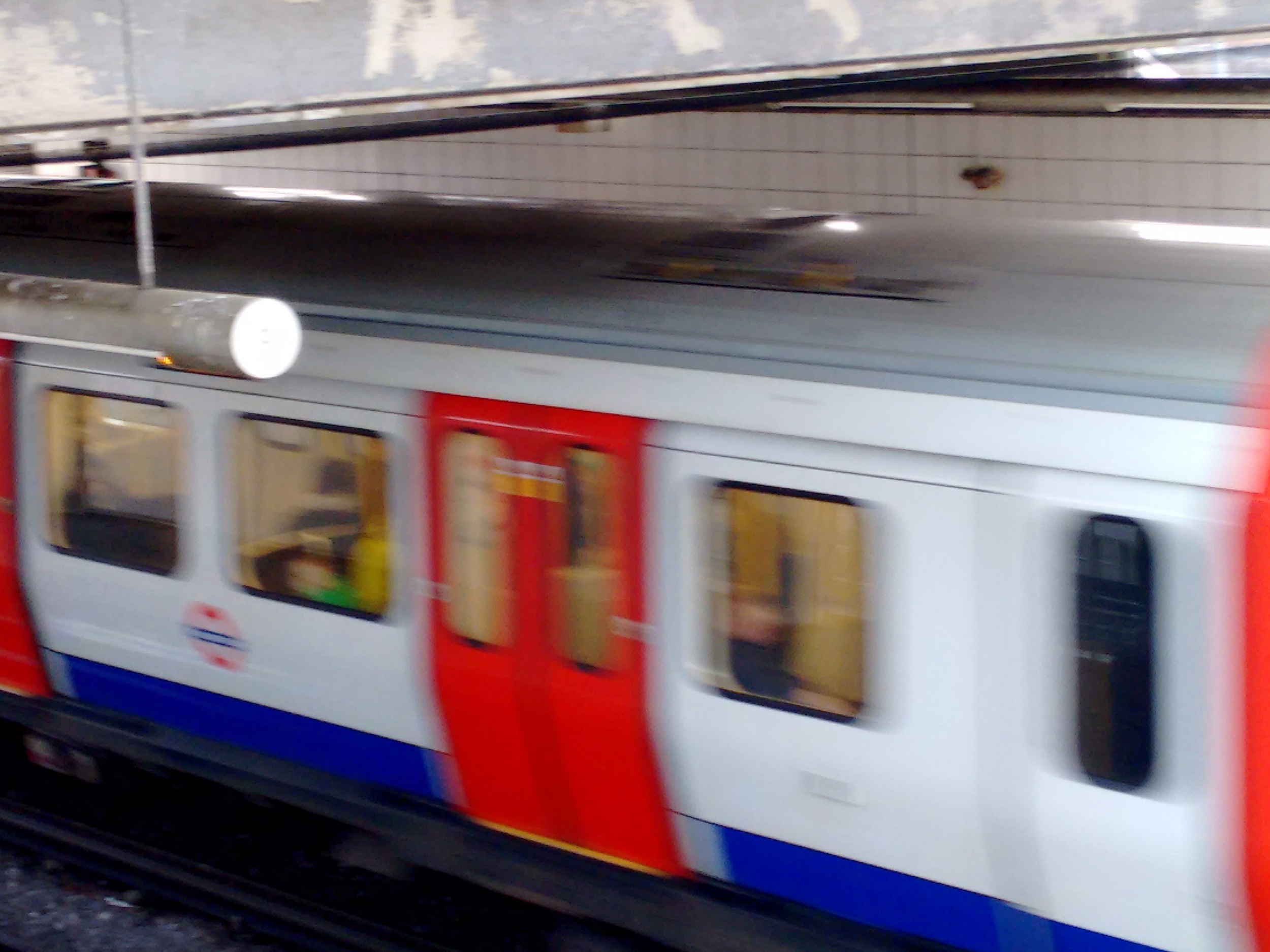
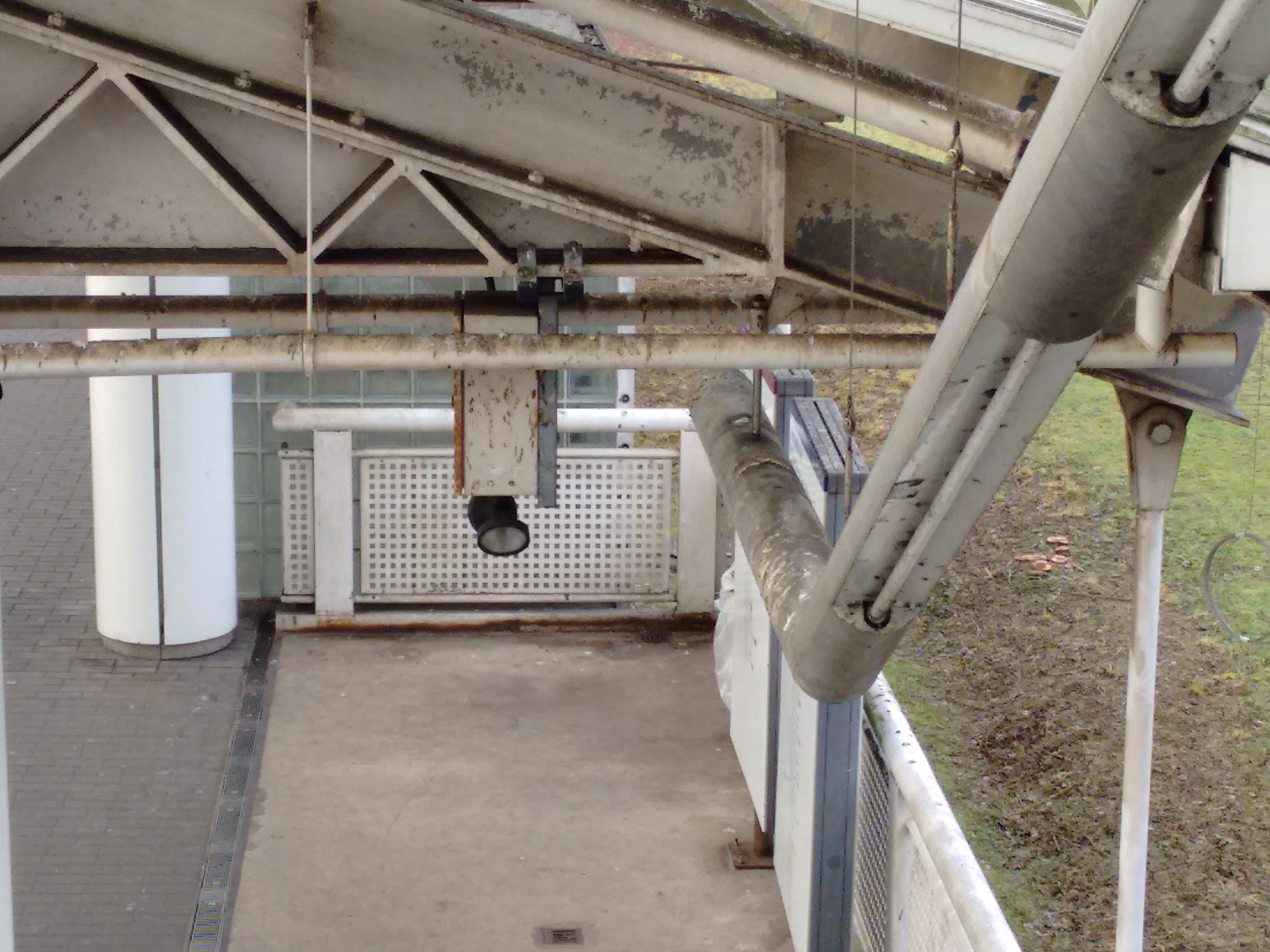
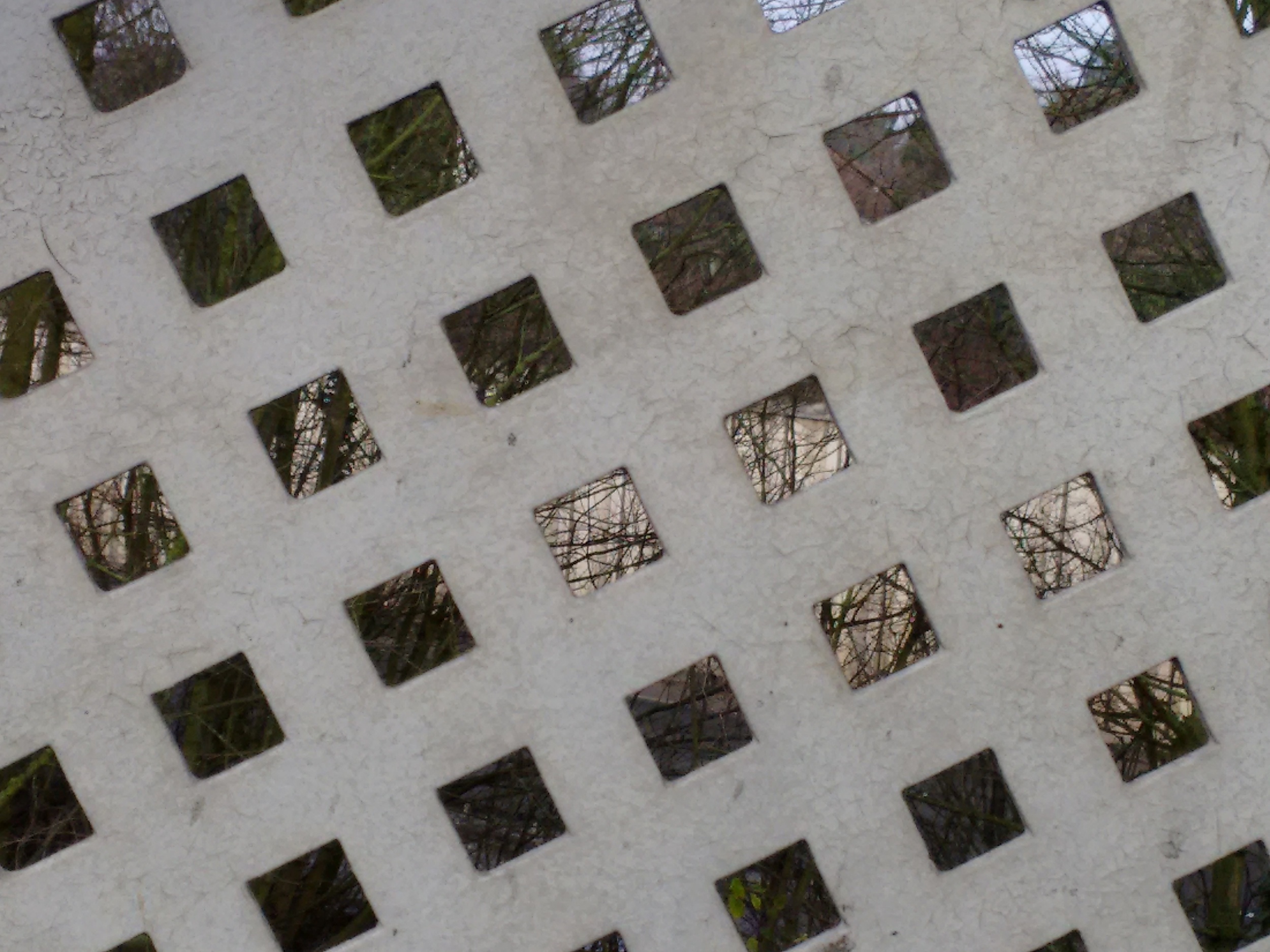
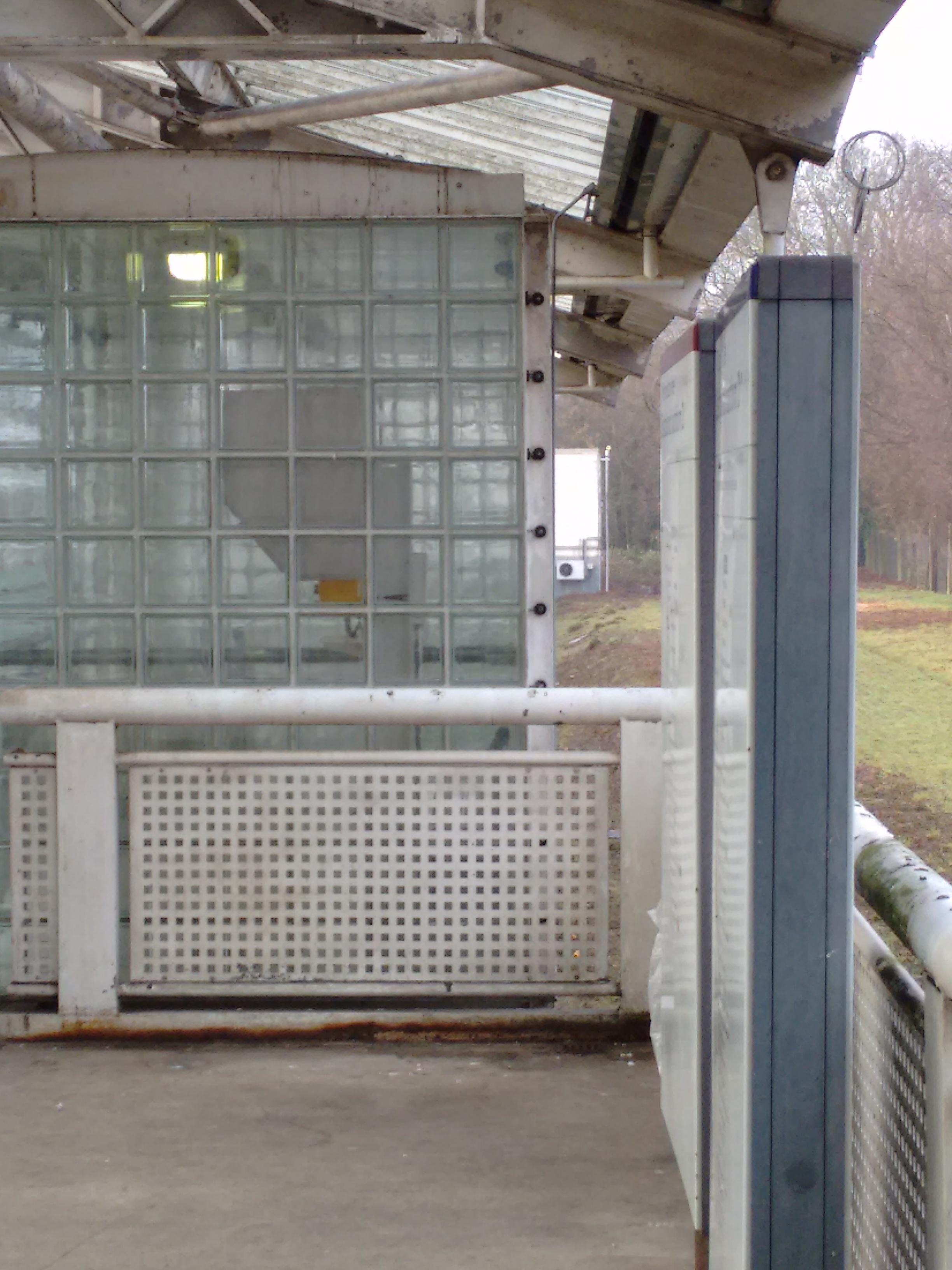
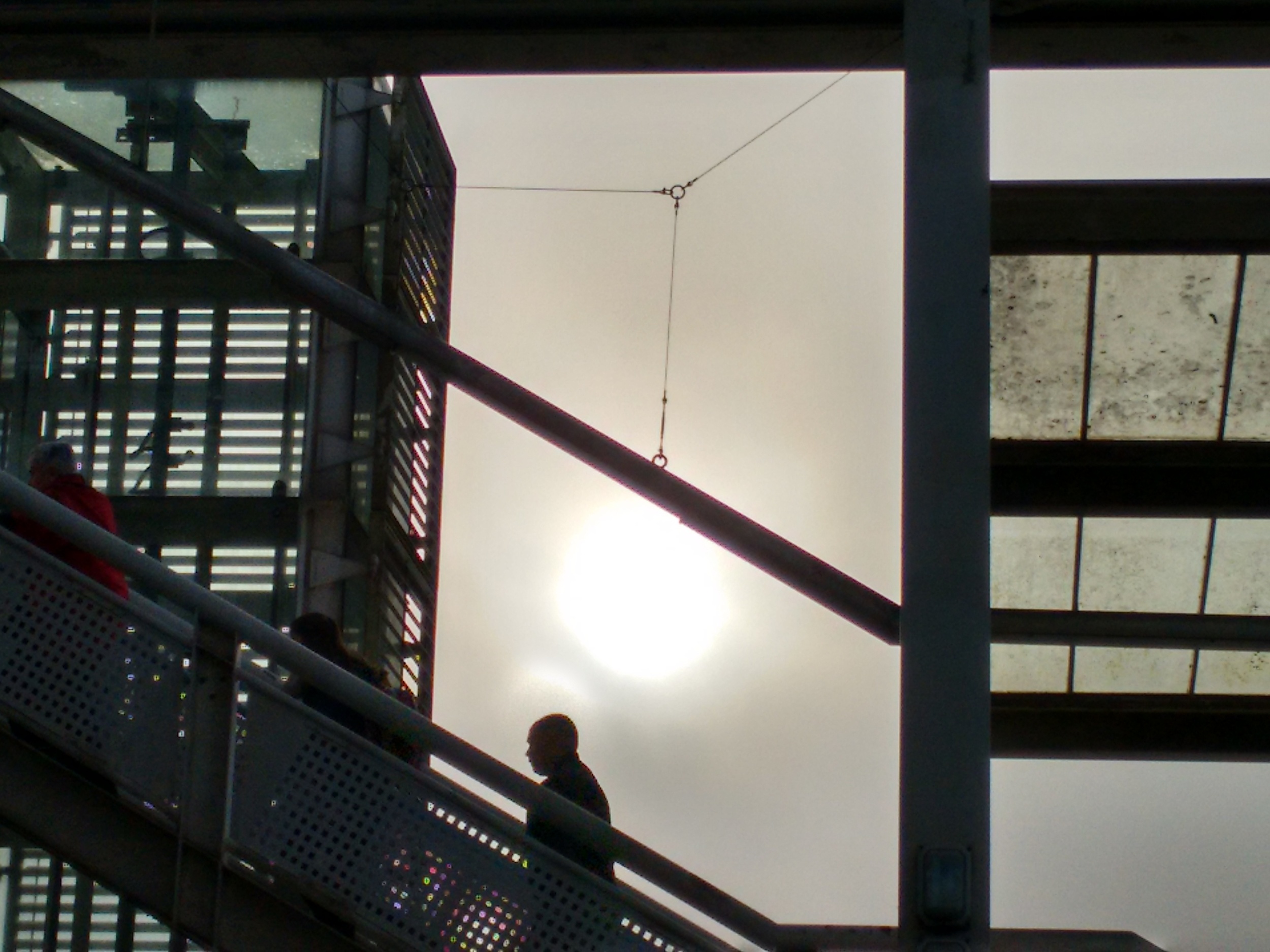
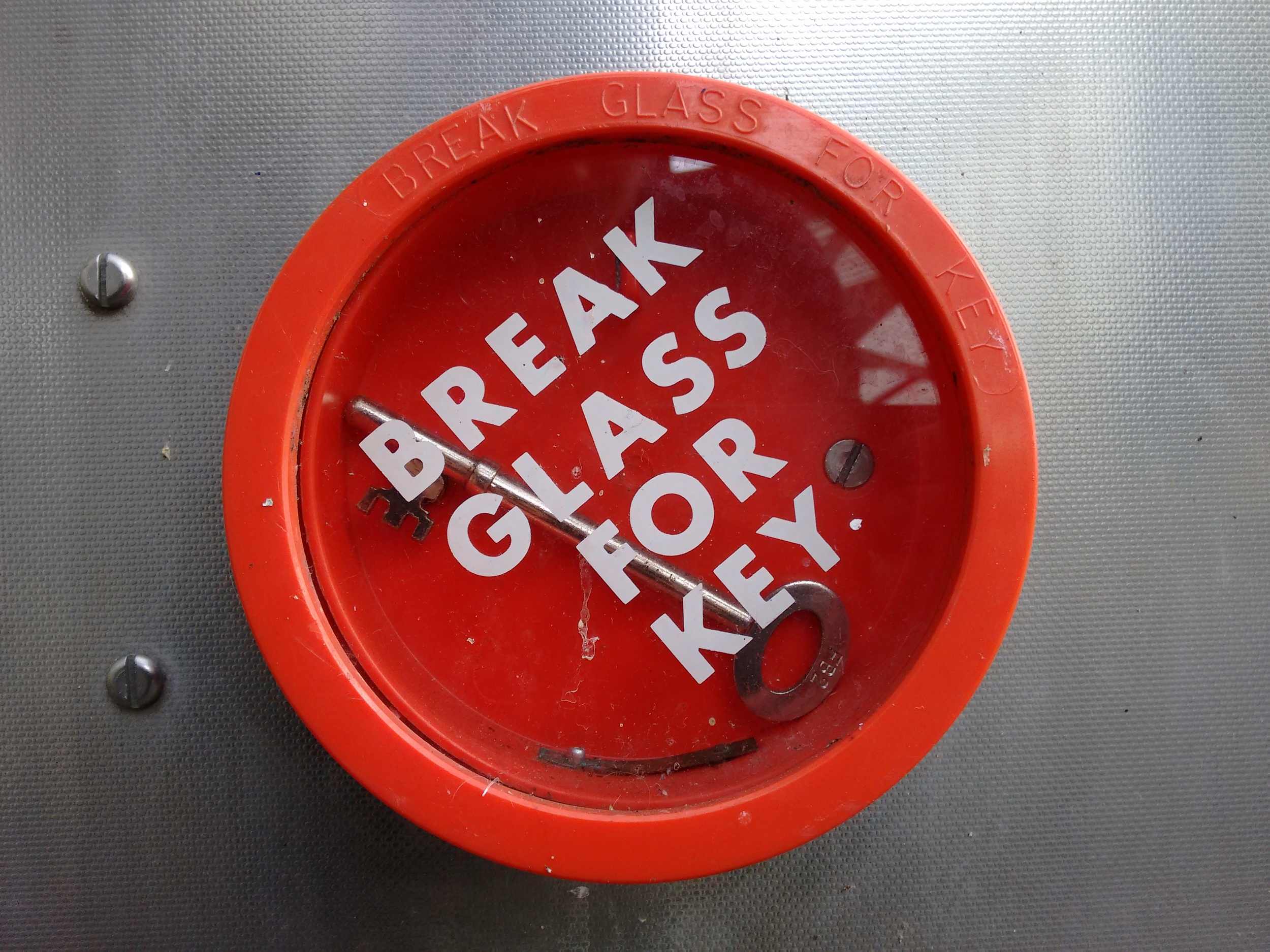

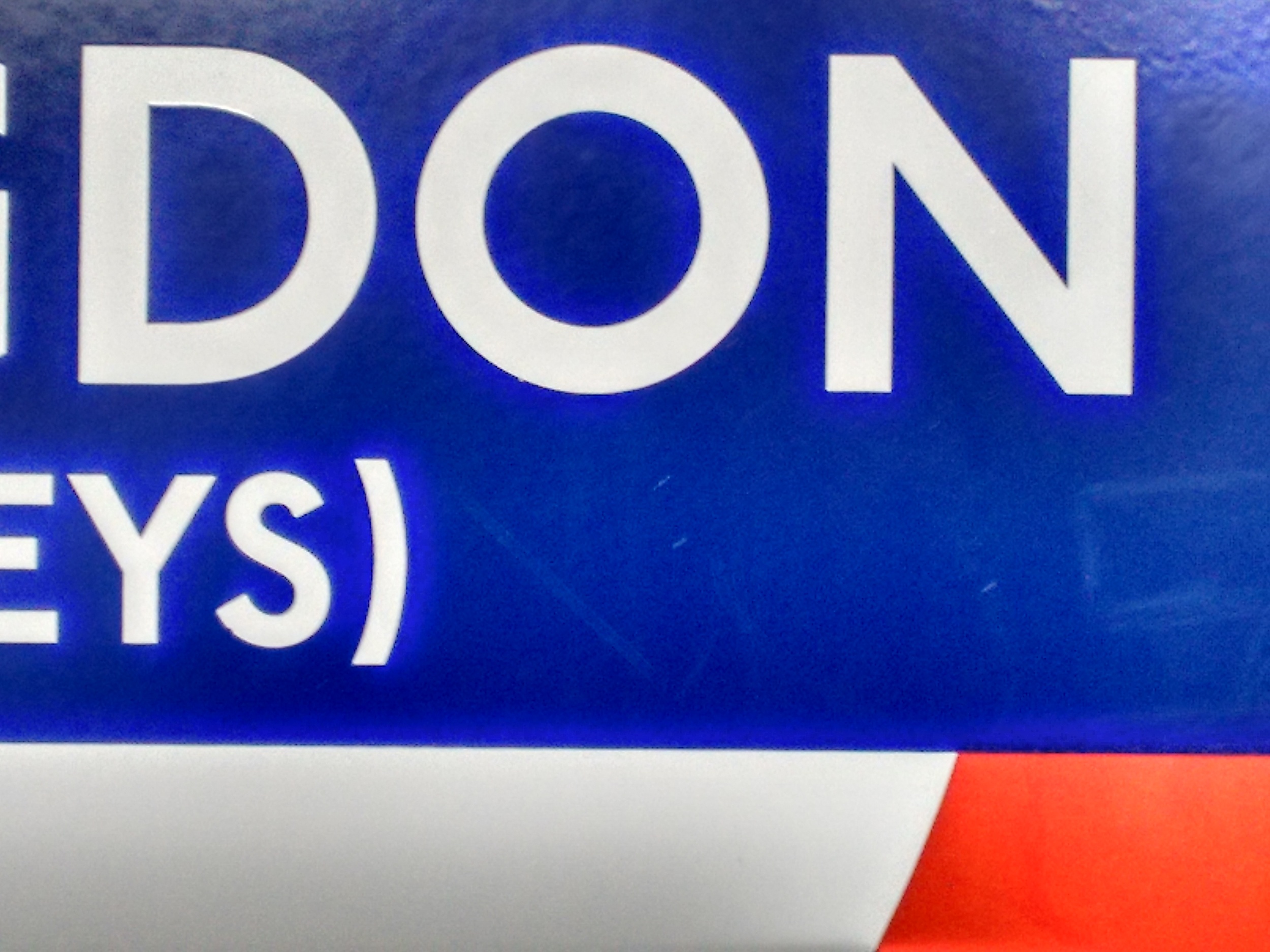

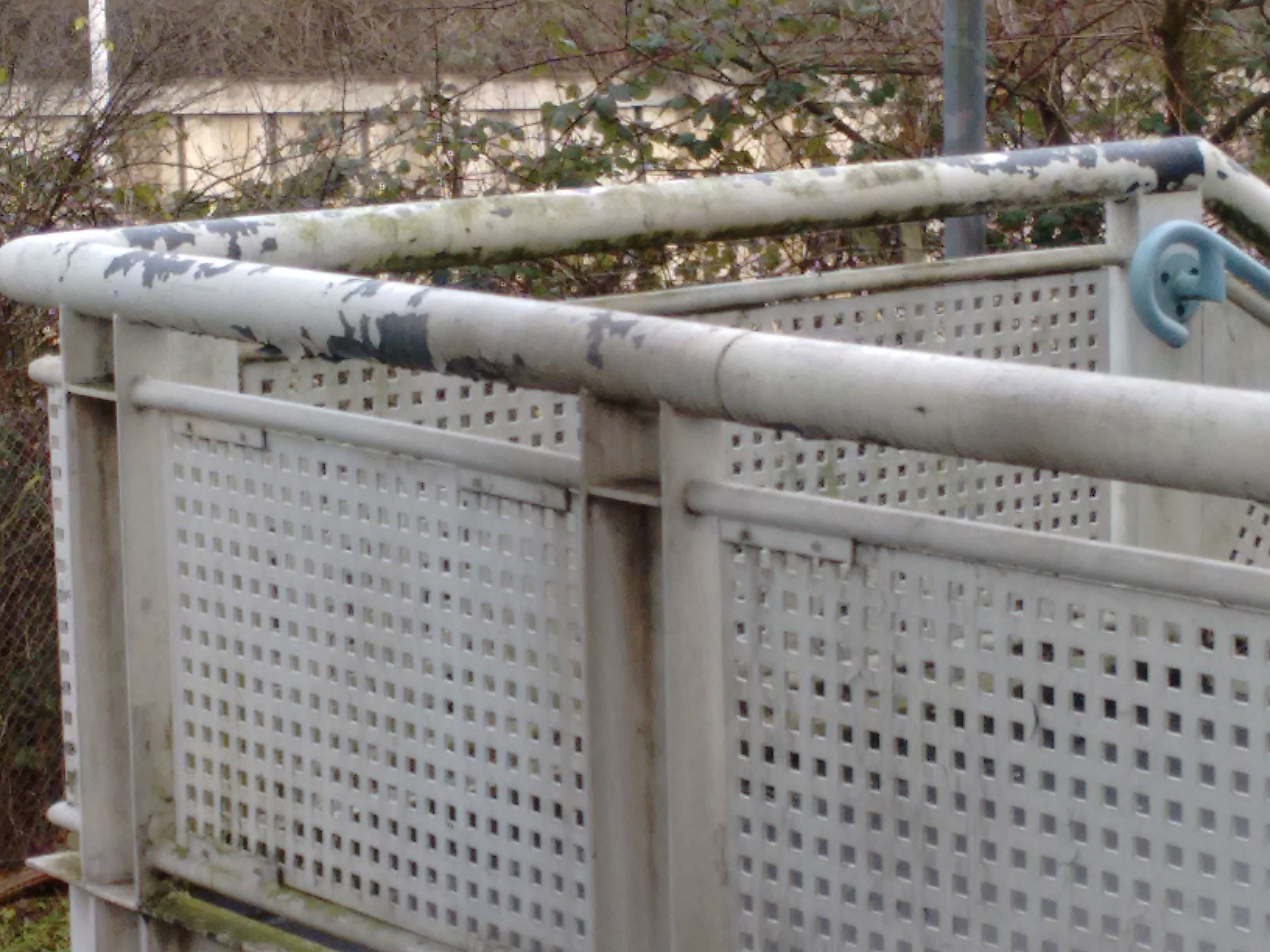

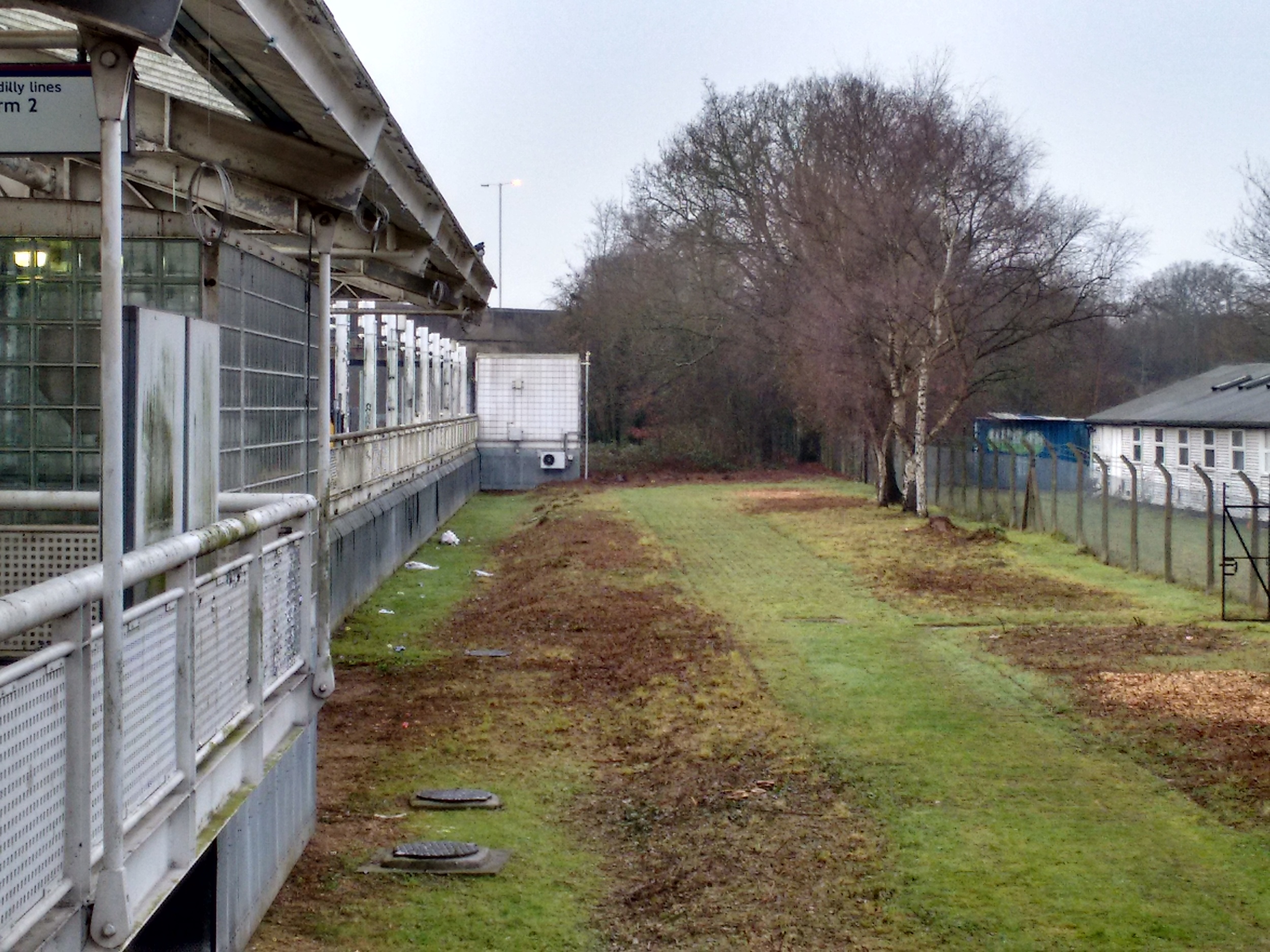
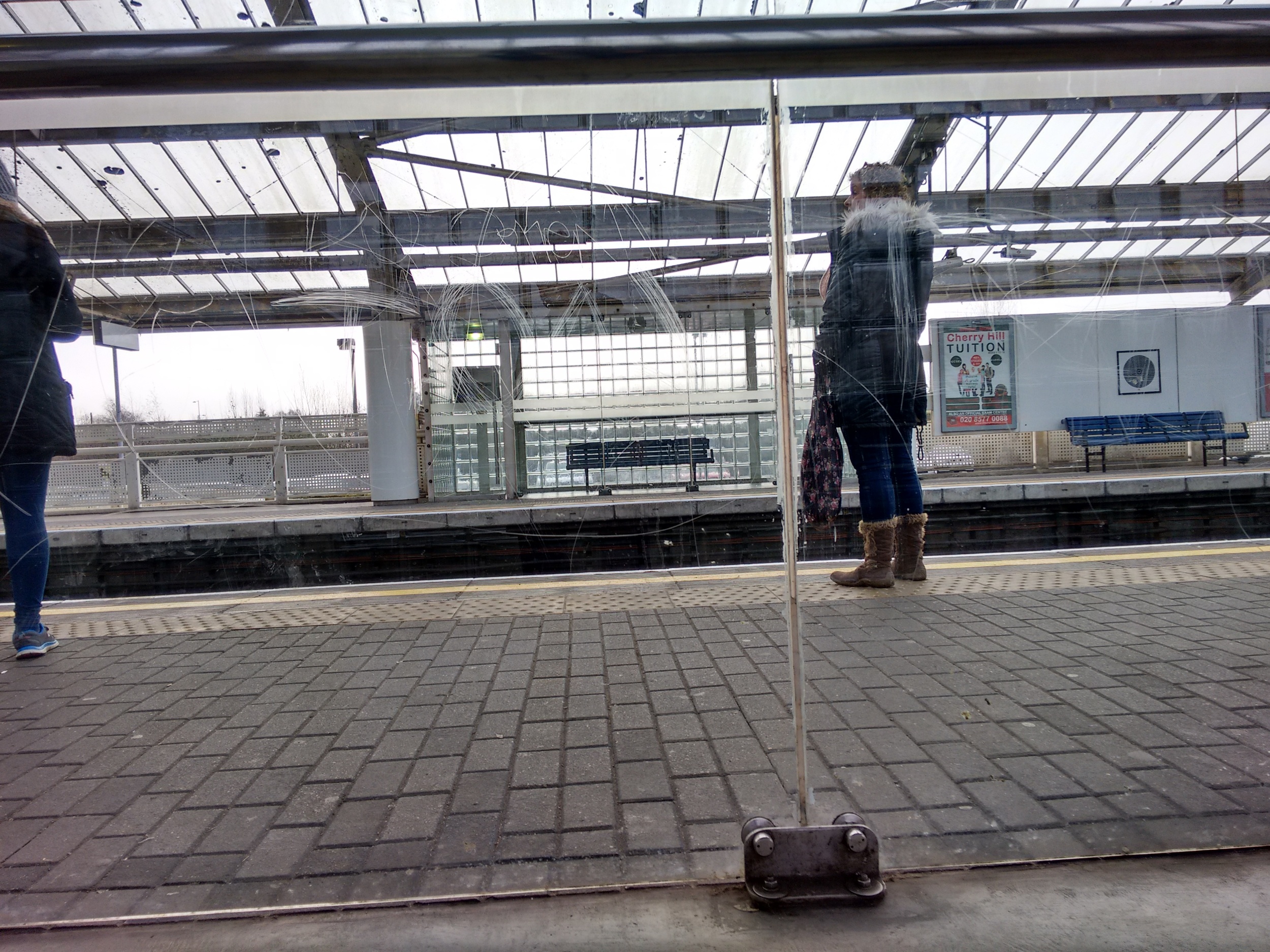
Jan Rothuizen drawing
Notes on Race, The Floating Signinfier, Stuart Hall lecture
Notes for: Transcript. Race, The Floating Signifier. Featuring Stuart Hall. Media Education Foundation. [Stuart Hall] wants to understand how racism is cultivated in our imaginations, of how it works in our heads, so that we can better combat it on the streets.
Alberto Toscano, notes on the talk: Real Abstraction and the Dialectic
Contains notes on Alberto Toscano - Real Abstraction and the Dialectic, University of Westminster
https://www.youtube.com/watch?v=RKx6ae2rgI8
Reality as a message
The problem of reality is in how it is traditionally thought about, as something tangible, as a given - something that is there simply because it’s there. With the development of means of communication throughout the history we should not really speak of the ‘real’ without regard to the ‘communicated’ - as H.Lefebvre formulates it in Production of Space, “(social) space is a (social) product” - in which light the production of reality can be looked at in a broader sense from within the social space, as a notion encompassing all the communication elements, such as facts, ideas, messages, narratives or conditions.
1. Reality is a message. As anything you see, hear or otherwise sense is a story (fabrication). In line with the general theory of communication (S.Hall), the ‘real’ has to become a narrative, a ’communicative event’ before it can be encoded for transmission and decoded later by the audience.
2. Further, reality is interactive - not only it is fabricated by producers for receivers, but it can also be manipulated by the end users. Thus, it no longer a static product subject to receiver’s interpretation, but comes with the instruments that allow users shape it prior to final recognition.
3. Reality includes feedback. The feedback loop includes the flow of user data back to the producers, allowing the producers to analyse the user behaviour for future coding of messages and interactions.
4. Reality is augmented towards the capital. When we say ‘augmented reality’, which direction does this augmentation happen? It is done by producers, for the receivers, but it is fundamentally grounded in the capital. Therefore, it is the user who the reality is targeted to, with the purpose of getting the feedbacks, behaviours and other data, but it is the client who the reality is ultimately shaped around.
- > Where does art step in? How does art resist globalisation in the new, hybrid reality?…
D&G - 1000 Plateaux sketches: Geology of Morals
Notes on Rosie Braidotti: Inhuman Symposium talk
https://www.youtube.com/watch?v=gNJPR78DptA
